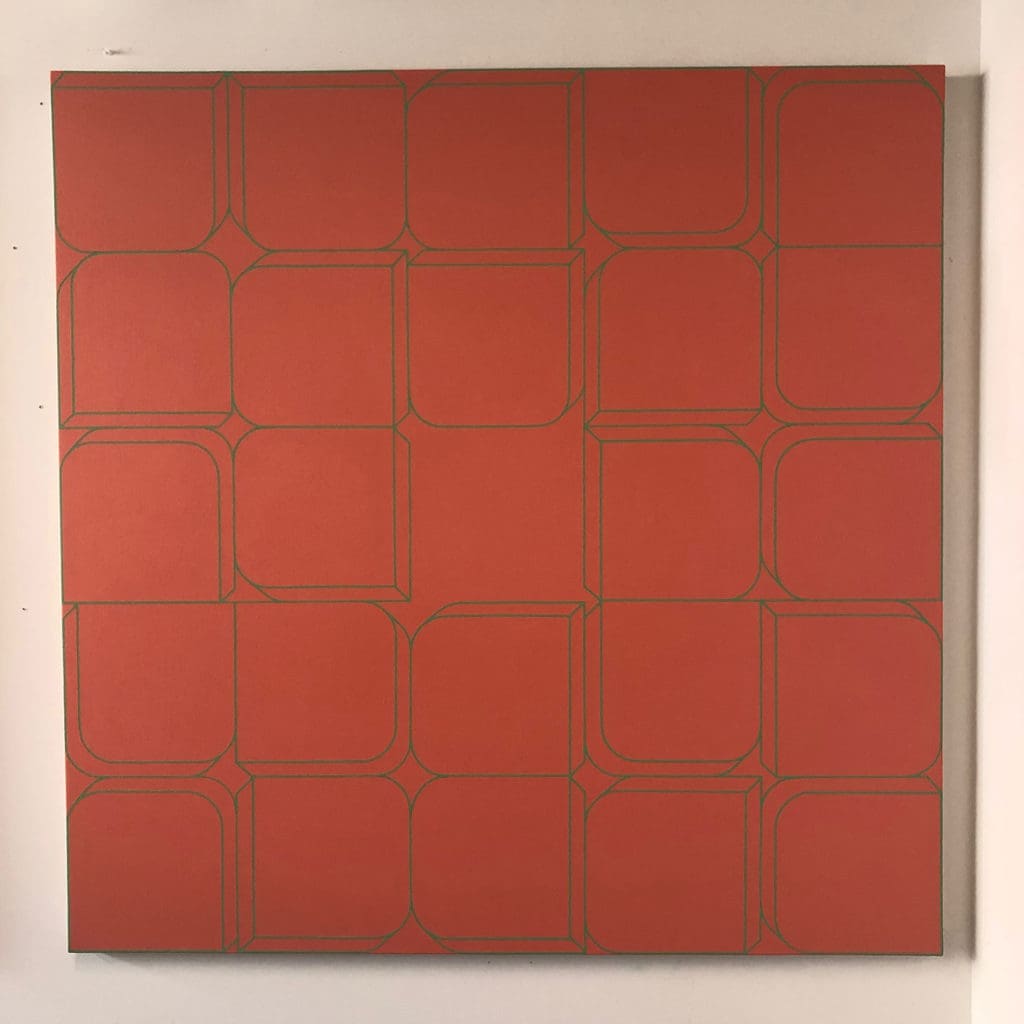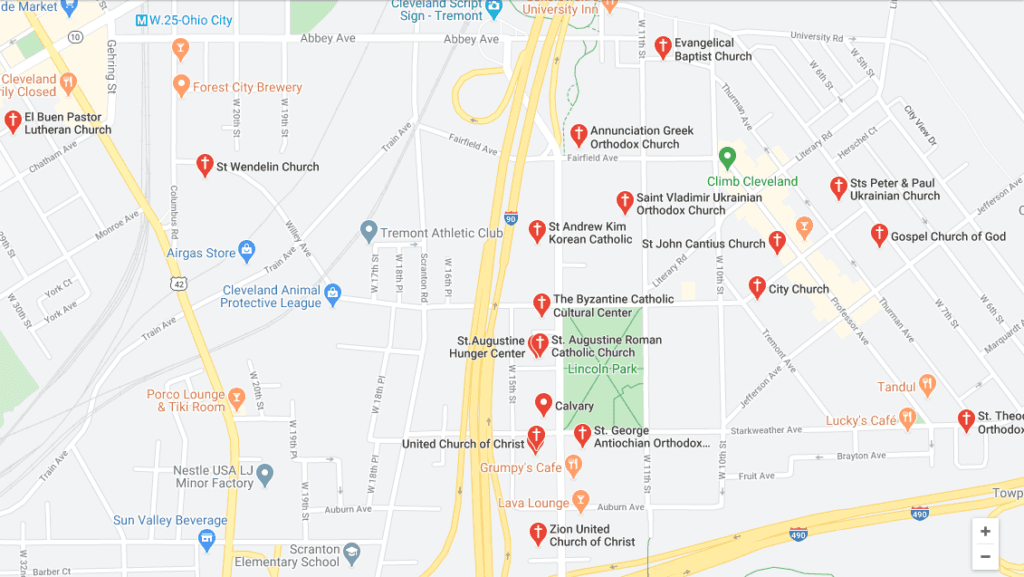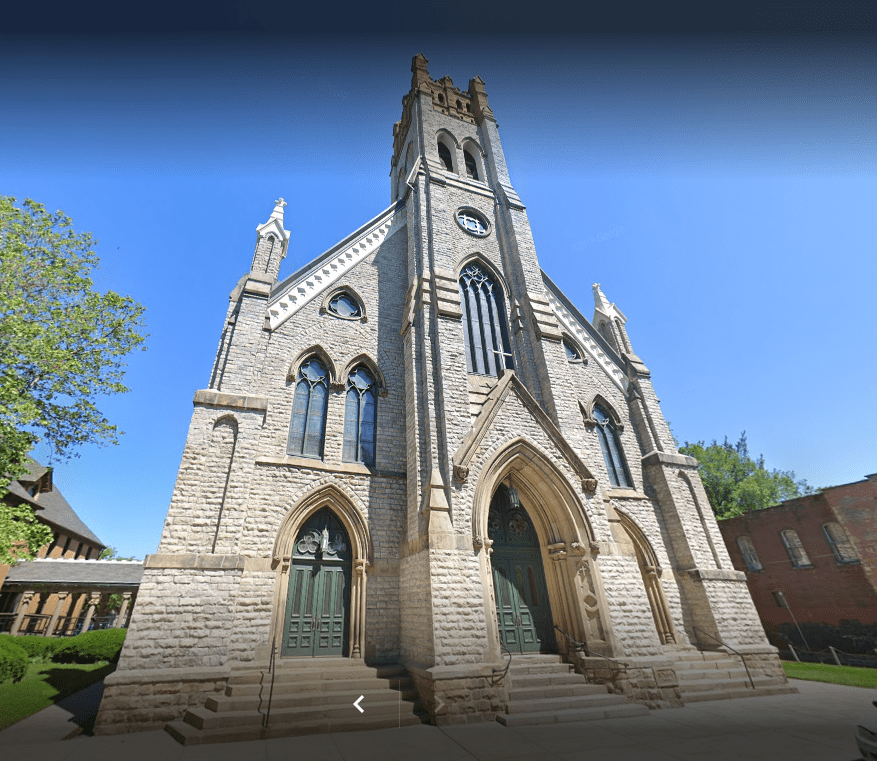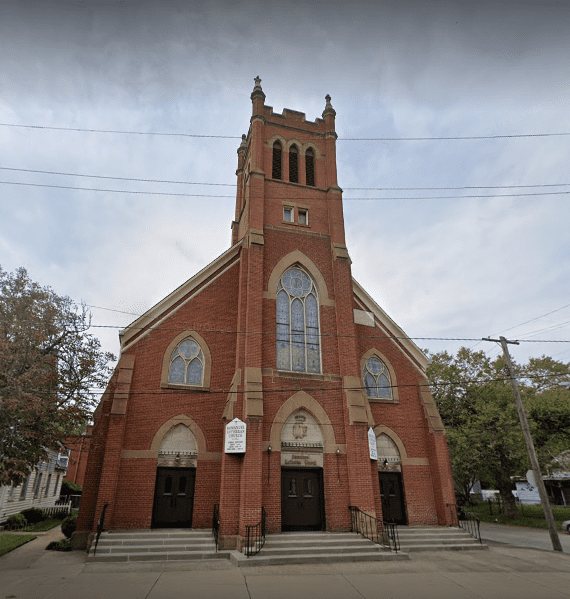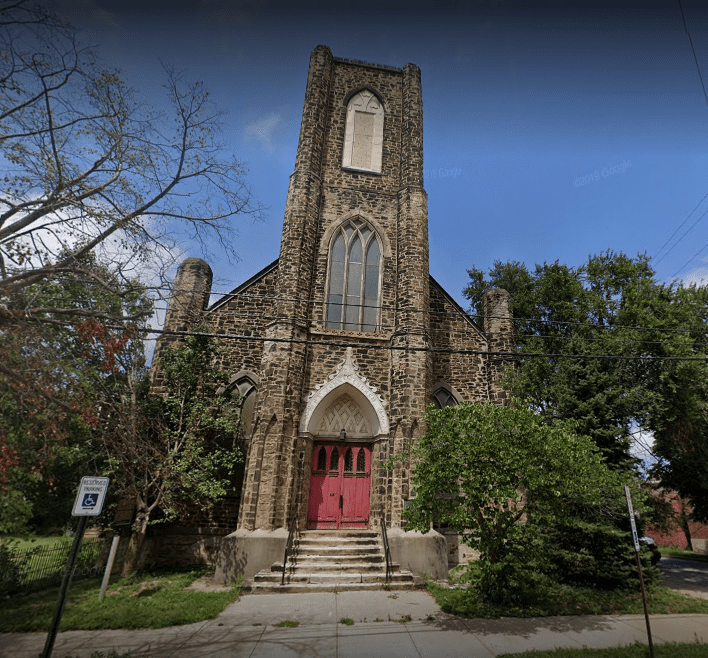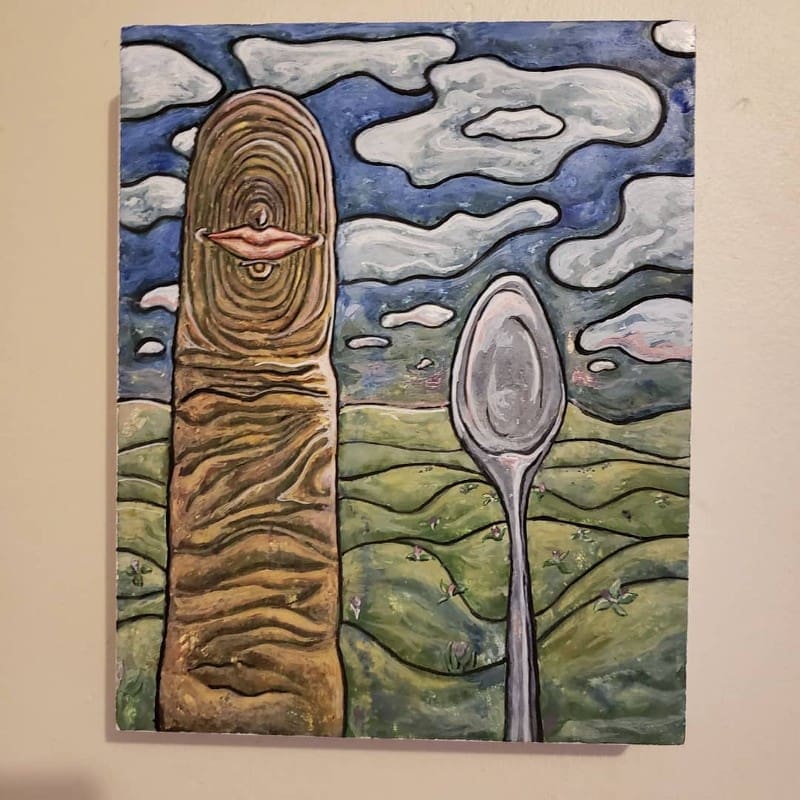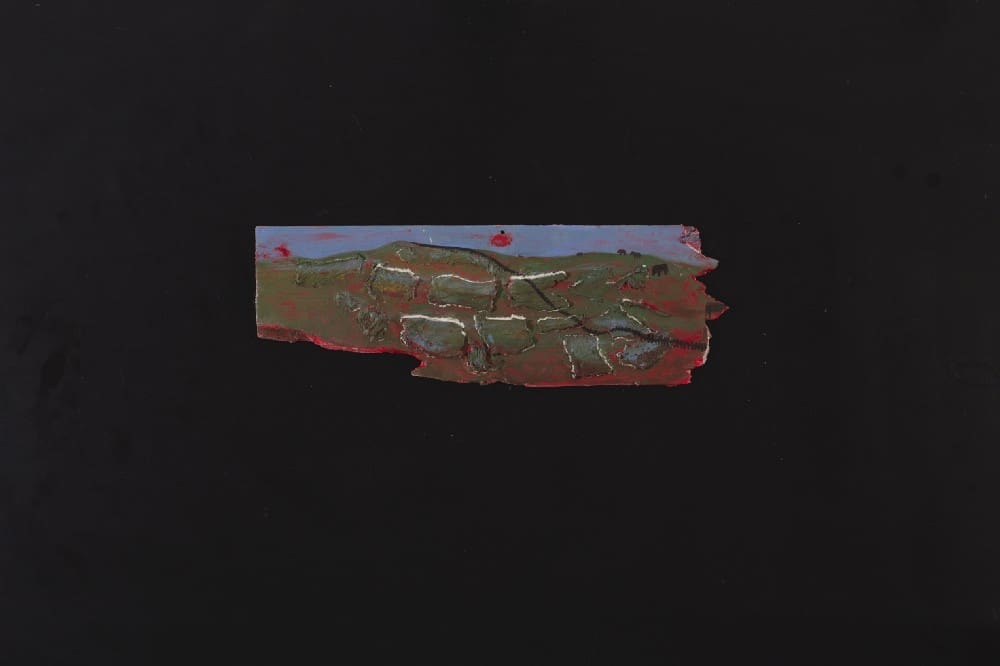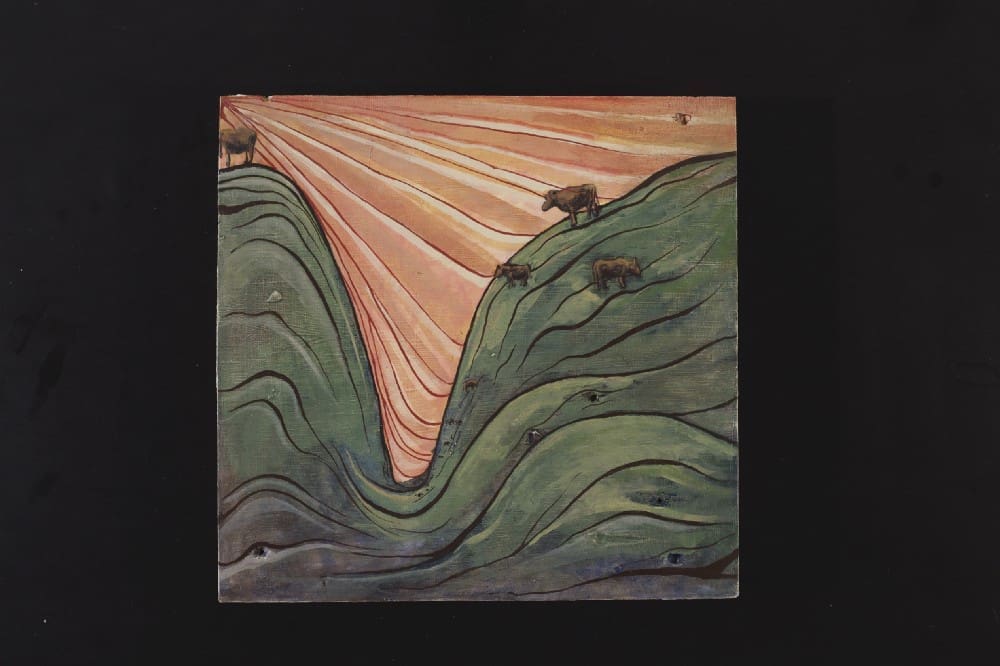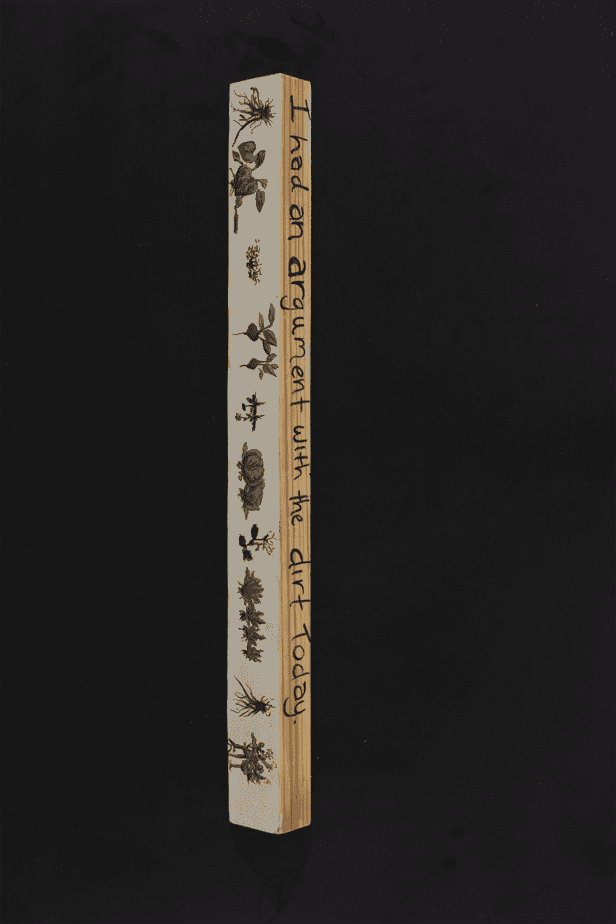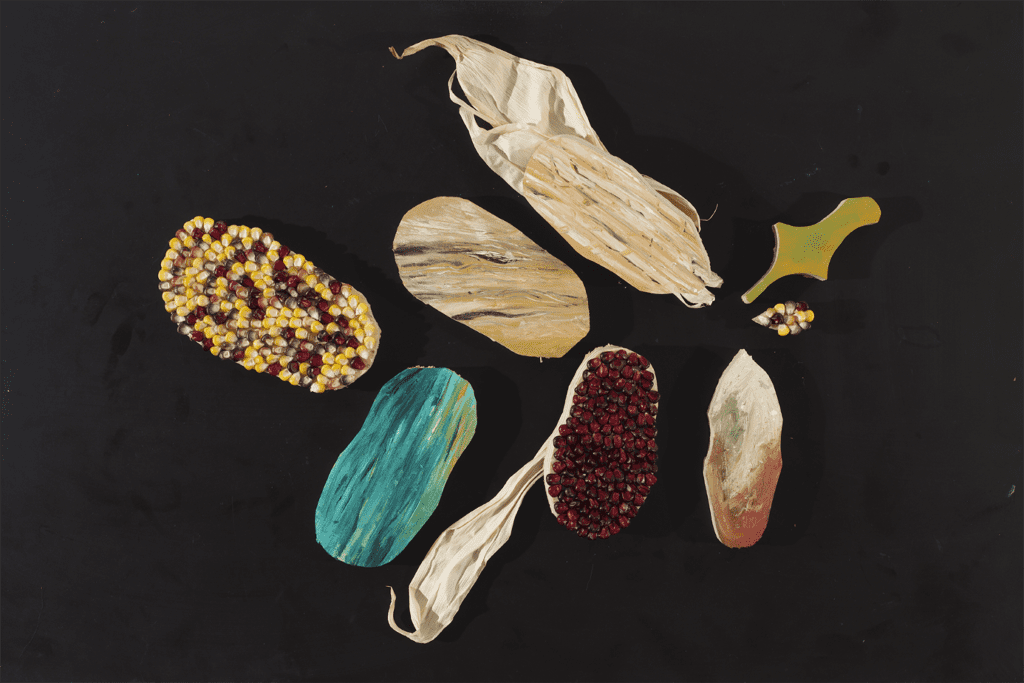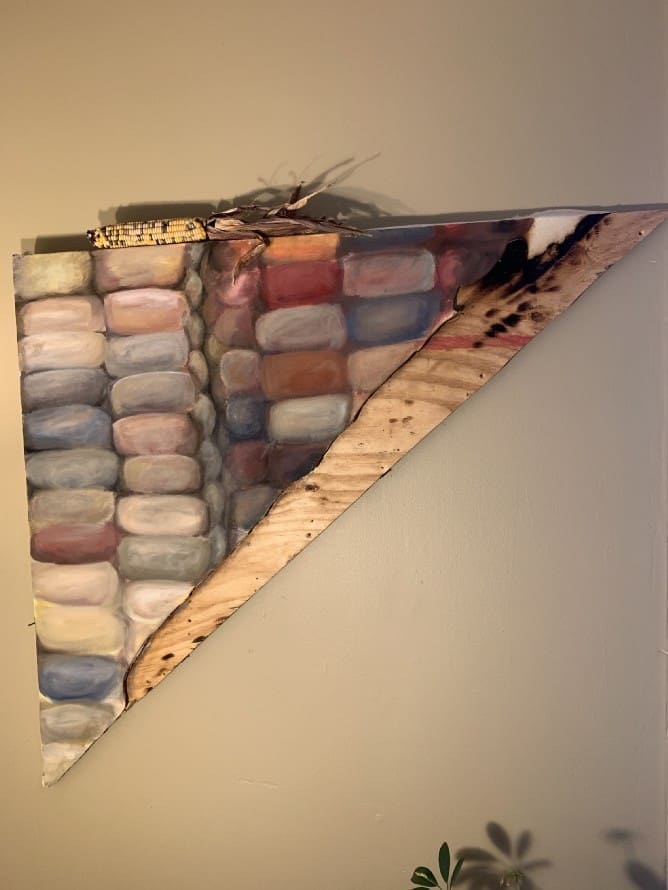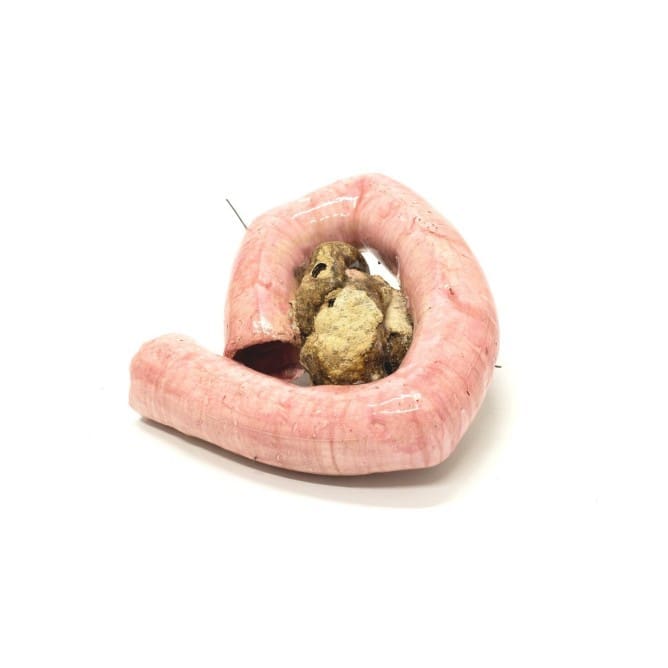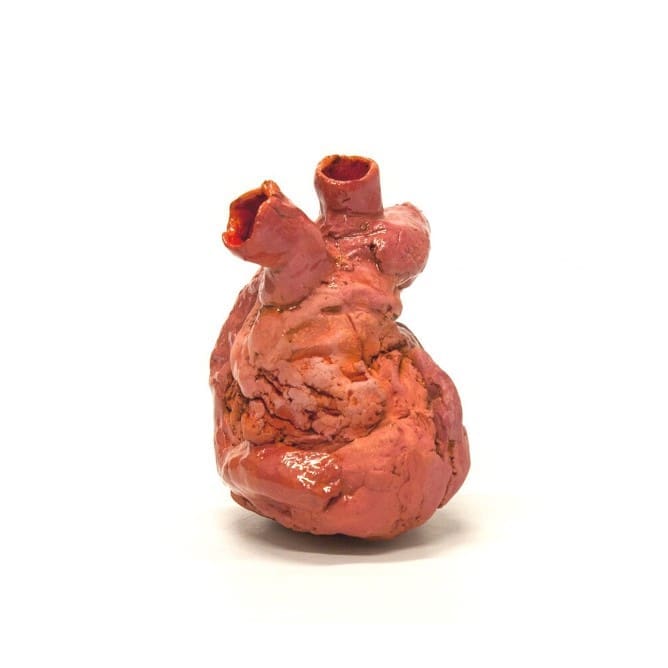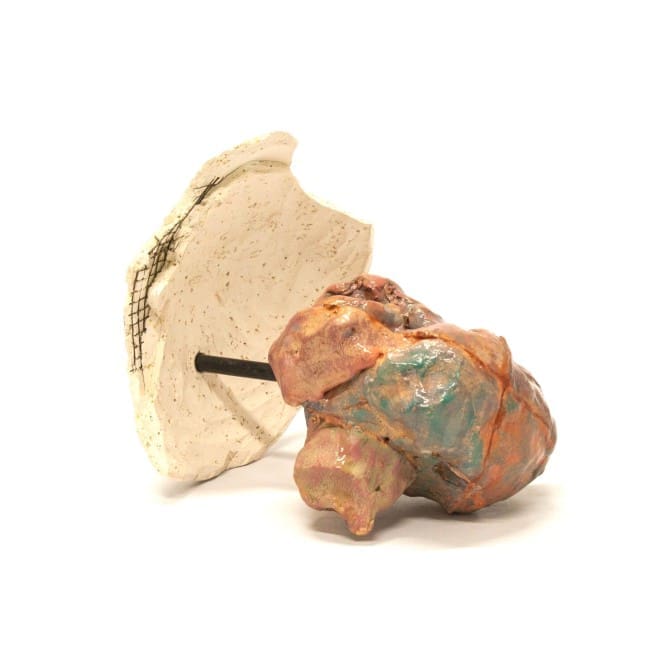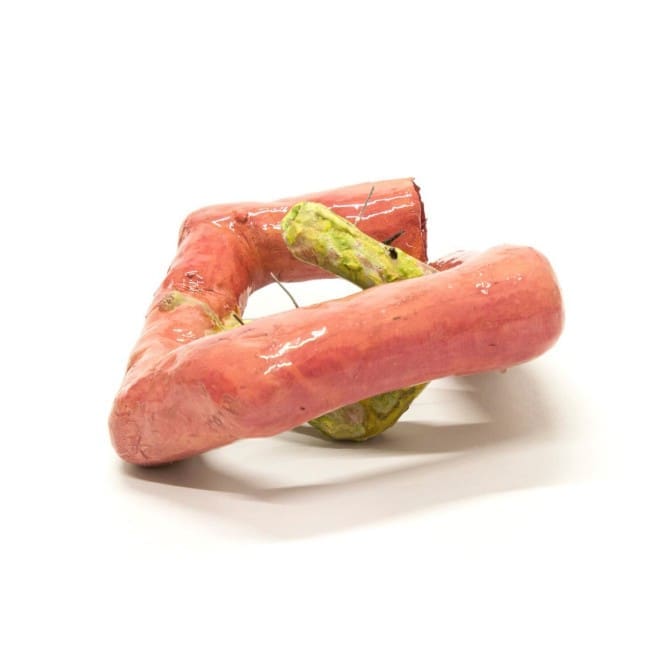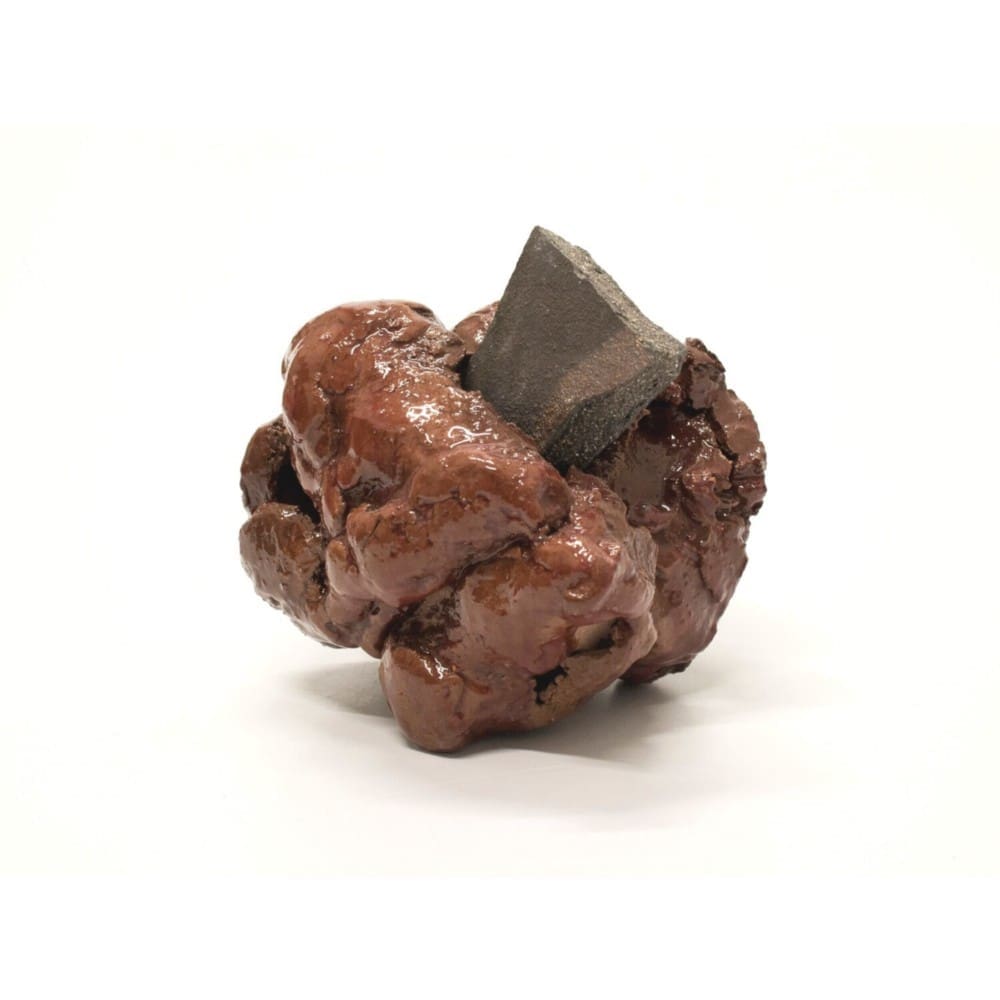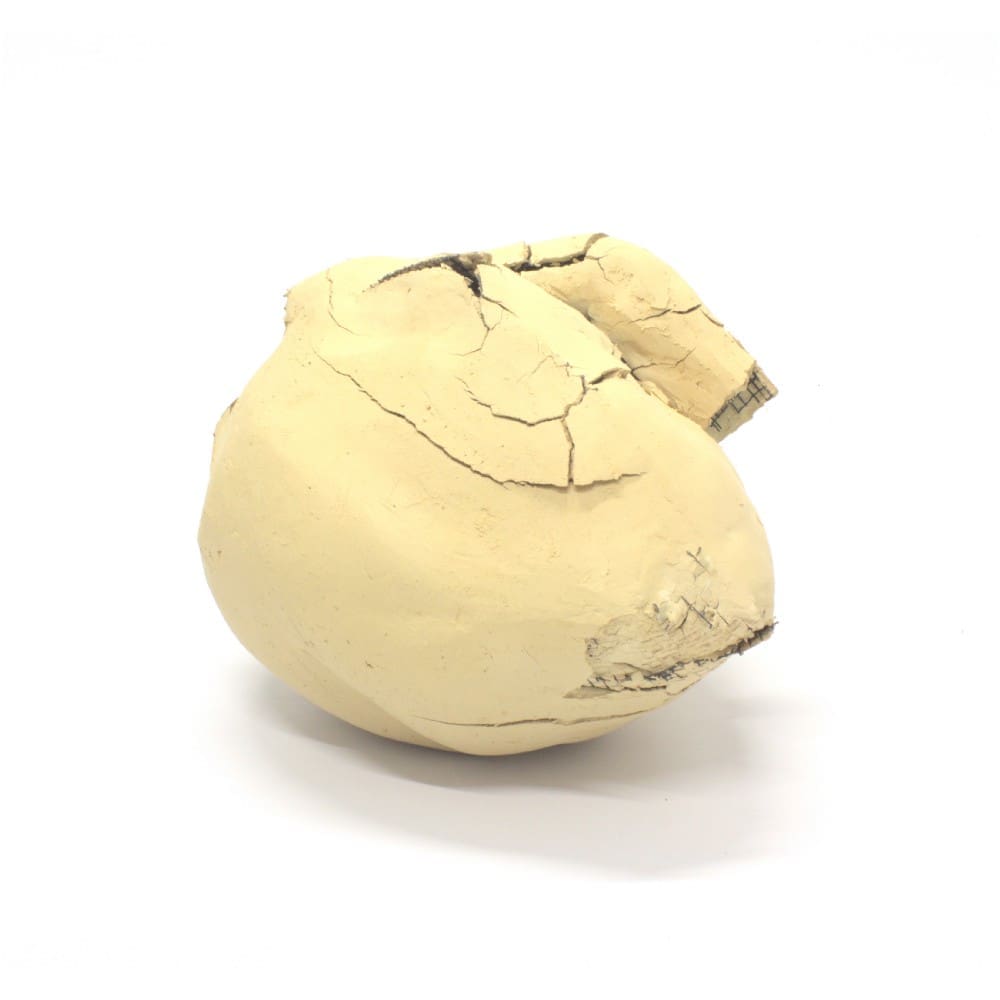Media
Final Studies: Catherine Lentini
Graduate Student, Kent State University
Painting
Title of Exhibition: Set

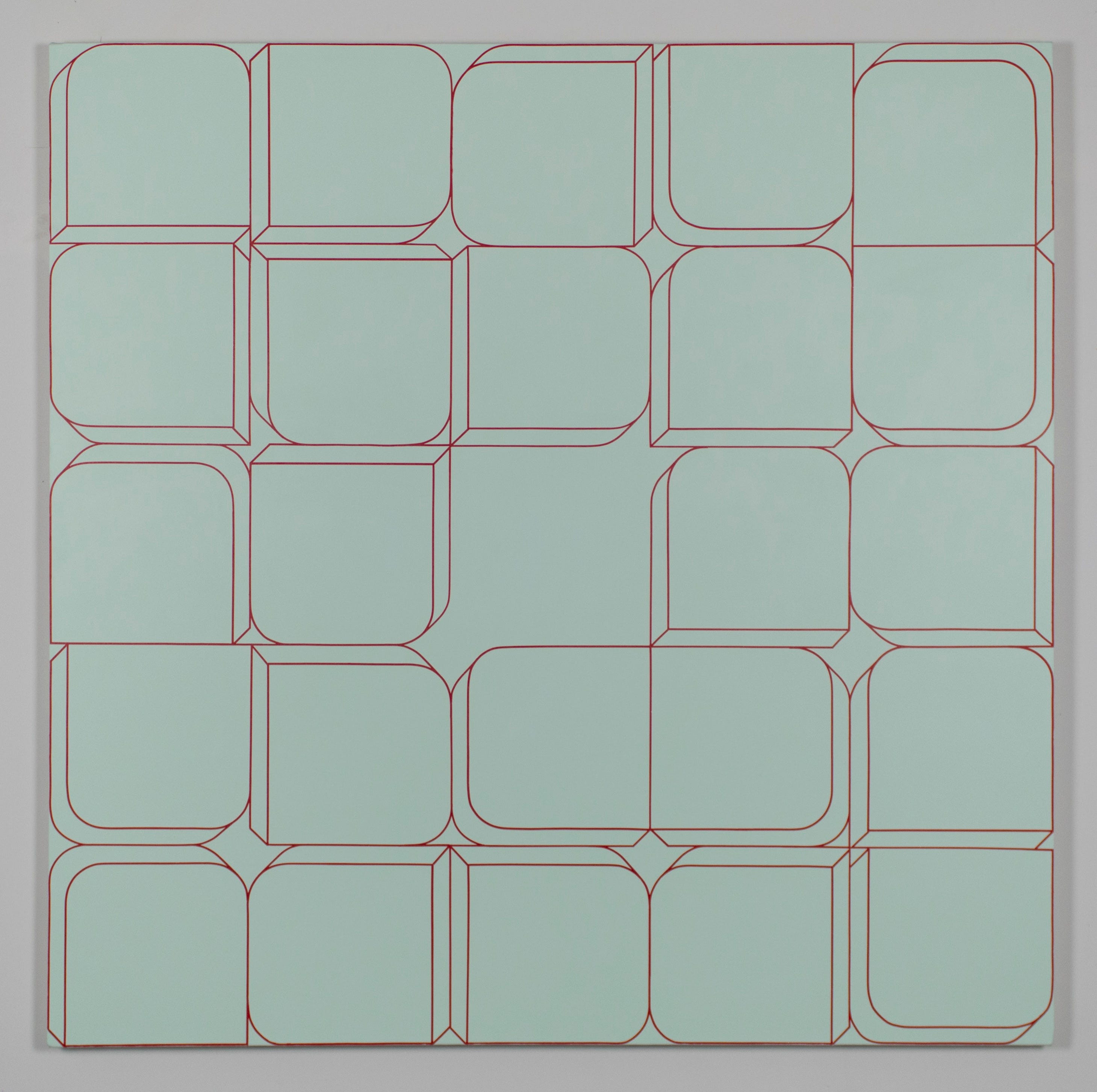
My thesis combines my interests in color and shape in a project centered on an open-ended proposition of multiple answers to the same questions as opposed to one image with immutable properties. Color and shape work together to create a series of paintings based on the paradoxical nature of the grid as being both logical and the mysterious, the repeated image and its relationship to time in painting, and the experiential effects of color.
For more of Catherine’s work:
Instagram: @cthrnlntn
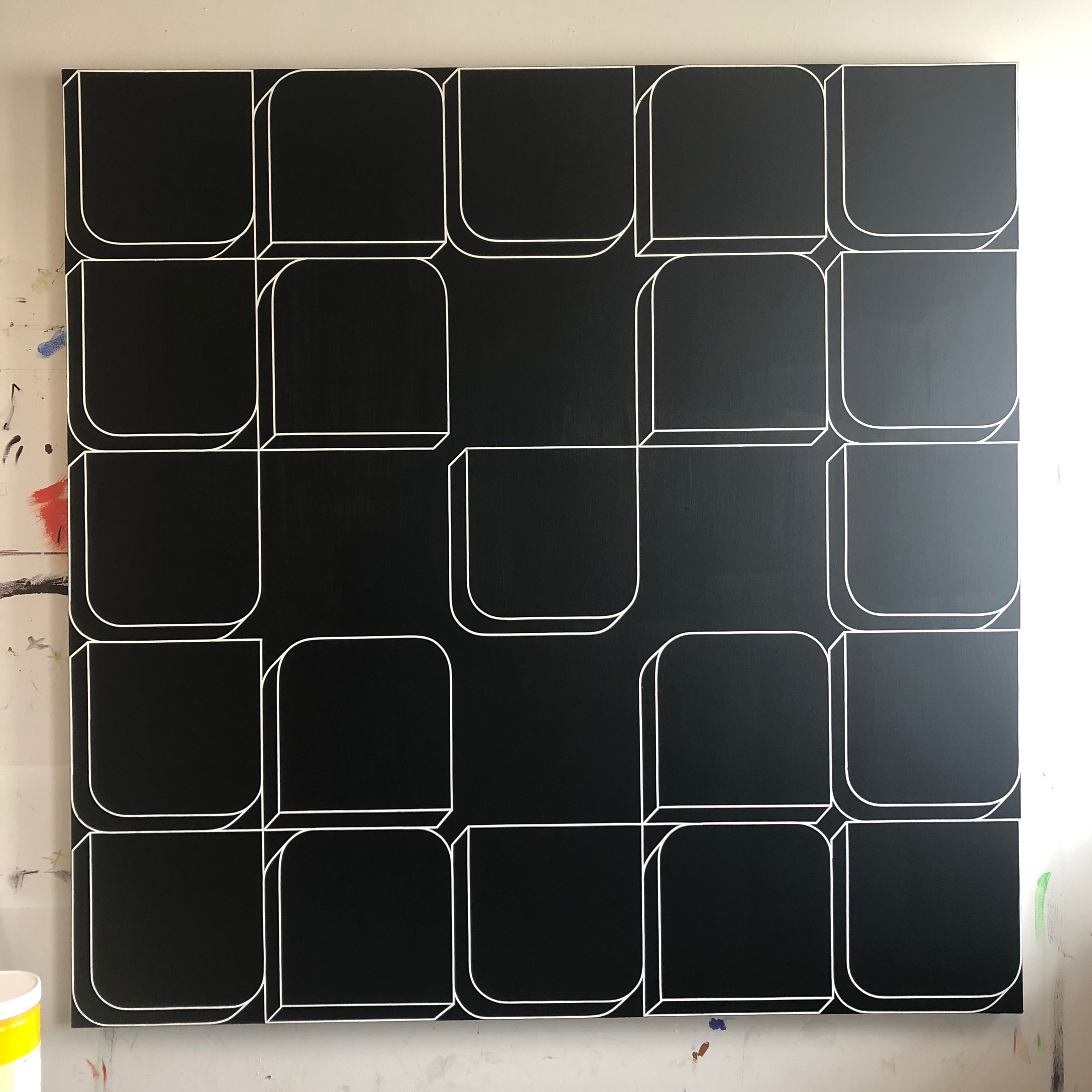

Final Studies are in partnership with The University of Akron and are made possible with support from Fifth Third Bank and the Robert O. and Annamae Orr Family Foundation.
Read MoreFinal Studies: Jake Baker
Graduate Student, Kent State University
Painting
Title of Exhibition: Index to Boundaries

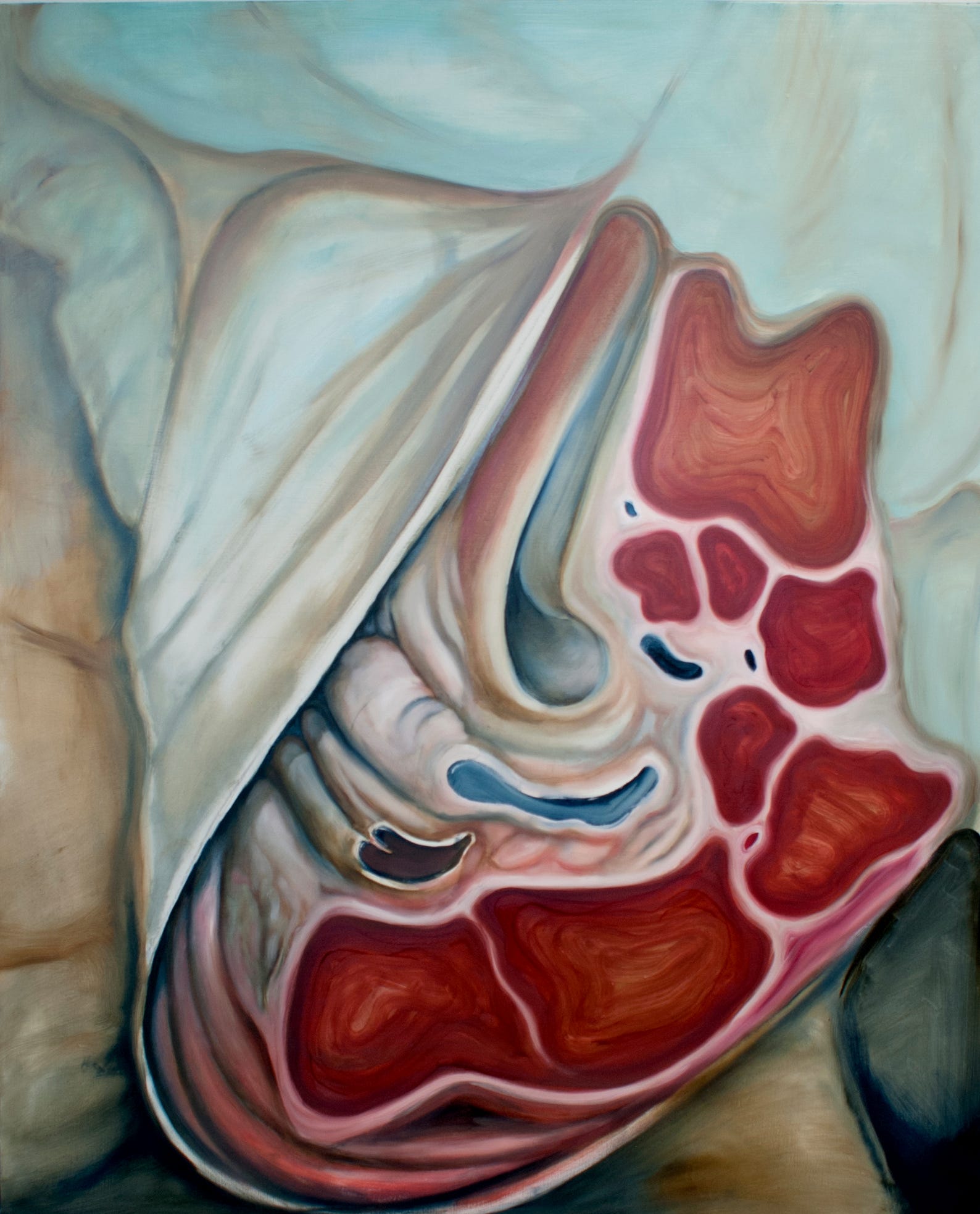
My work represents a sampling of events that spans ten years of my life, during which I deployed to Iraq and Afghanistan. These paintings narrate my memories of combat through a system that combines automatism with the parameters of ballistic probability and addresses the psychological effects of warfare through symbolism.
For more of Jake’s work:
Instagram: @jake_baker3321

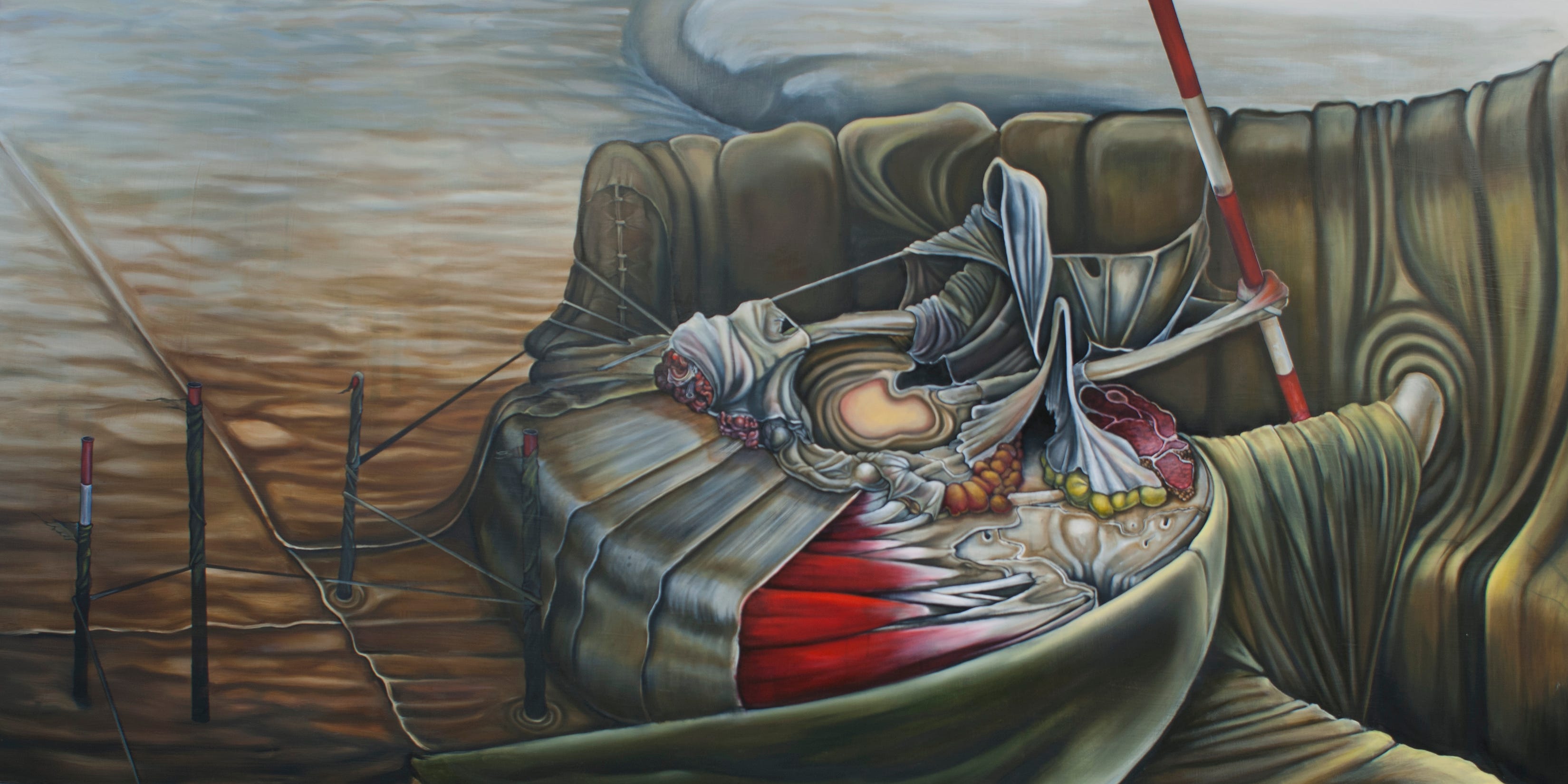
Final Studies are in partnership with The University of Akron and are made possible with support from Fifth Third Bank and the Robert O. and Annamae Orr Family Foundation.
Read MoreResearch Mysteries from Quarantine: Part 1
By Jeff Katzin, Curatorial Fellow
COVID-19 has disrupted human life on every level, and museums are no exception. During these strange and difficult times, Akron Art Museum staff have ably adapted to all sorts of new roles while working remotely. One of our highest priorities has been to stay connected with our community, even if social distancing means that we have to lean on our online presence more than our physical galleries. To this end, we’ve rolled out a new website, debuted a podcast, sent out kits for at-home art-making, partnered with other museums to create games and puzzles, and more!
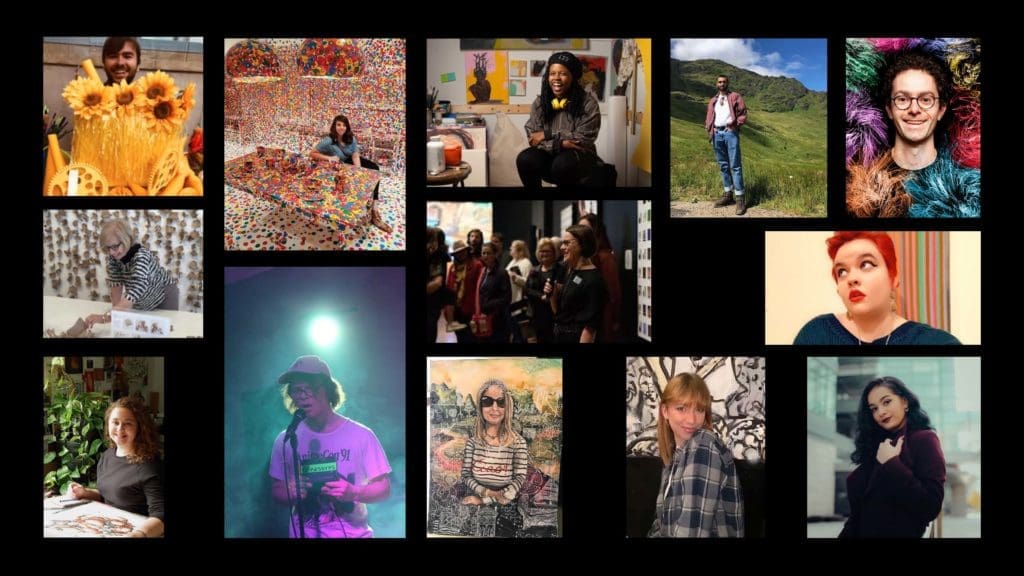
But, with our galleries closed, the pandemic has also given us an occasion to look inward and focus on our collection of artwork in new ways. That’s where I come in, along with my partner in this effort, Katie DiDomenico (Digital Content Creator). We’re slowly working our way through the museum’s holdings, conducting research on individual objects, and writing new labels that will eventually appear on our website. We’re starting with the works of art that are scheduled to come up in other programming so that our colleagues have plenty of background information at their disposal.
Since our work usually happens behind the scenes, I thought it would be fun to share some of it more broadly by highlighting a couple of the more exciting research mysteries that I’ve had a chance to solve.
I started looking into this print by Ora Coltman when Seema Rao, our deputy director, emailed Katie and I with a seemingly simple question: “What location is shown in this picture?” I found that exciting right off the bat. Sometimes art research is about fleeting emotions, nebulous ideas, and invisible histories — I love all of those things, and that’s what I usually work on. Still, pinning down some cold hard facts with a bit of detective work can be a great change of pace.
The first thing that struck me about the print was its title: Main Street, Cleveland. Having grown up on Cleveland’s east side, I knew already that there is no “Main Street” in Cleveland. Since the title was no help (and the files that I have electronic access to were no better), I’d have to use the picture itself as a guide. Luckily, it has some distinctive features. First, it’s set on a hill that slopes upward evenly and gently from left to right. Second, it features a church with a distinctive bit of architecture: a square tower with a crenellated top (like a medieval castle wall) and a particular arrangement of windows, located in the middle of a roof that slopes down evenly on both sides. The church is also behind a row of buildings, so it’s on a different street, and one that doesn’t quite seem to be parallel to the main street depicted in this Main Street print. I decided my best bet was to track down a matching church on or near a hill in Cleveland.
Even art historians like me rely on Google all the time, and Google Maps was my first stop. How long can it take to look through all of the churches in Cleveland, I thought? All morning, it turned out. I never realized that there were quite so many until I had to look up all of them and line up a street view of every single one!
After this lengthy search, I had found three decent possibilities, but none of them seemed to match properly.
All three of them had square and centrally-located towers and generally the right sort of slanting roof, but none had the right arrangement of windows or a crenellated top. And, crucially, none of them were anywhere near a hill. At this point I considered giving up and concluding that Coltman had most likely invented parts of his scene without entirely basing it on a real place, but I thought I’d try one more possibility. I once worked for the Cleveland Public Library, and I knew that they have an extensive database of historic photographs that’s pretty easy to search. After typing in “church” and looking through a couple hundred pictures, I hit upon this one.
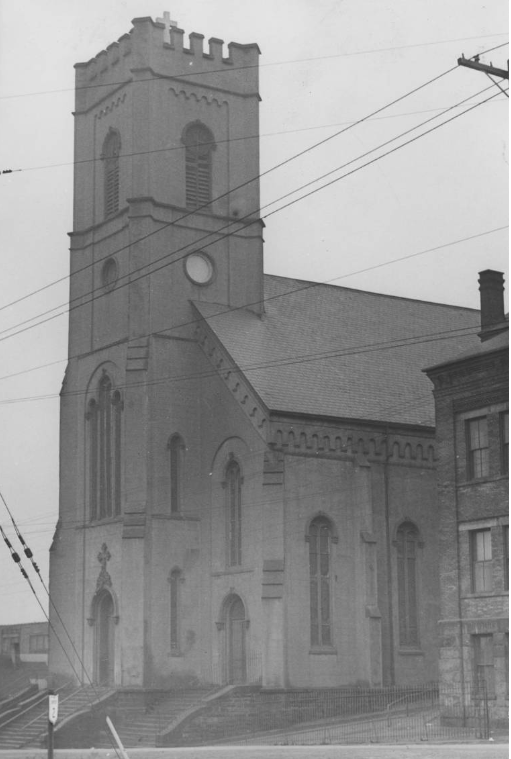
St. Malachi Catholic Church has everything! The square-shaped and centrally-located tower, the slanted roof, and the arrangement of windows. It’s even located right near the top of a steadily sloping hill that leads up from the West Bank of the Flats and into Ohio City. And there was one more detail that really sealed it as a match for Coltman’s picture…
Just north of the church’s location — on an unusual angle that matches Coltman’s print — is a road not named “Main Street,” but rather Main Avenue! St. Malachi, then, even provides an explanation for the seemingly incongruous name of Coltman’s picture — someone must have written it down incorrectly. So, if it’s such a perfect fit, why hadn’t I managed to find this key to my mystery sooner?
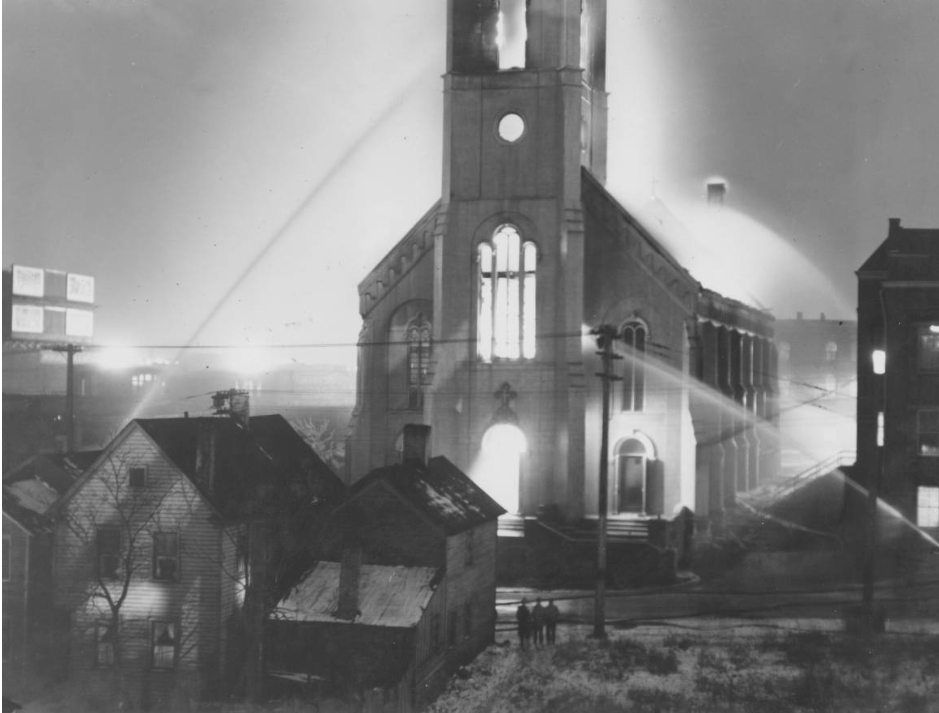
The Cleveland Public Library’s archive of historic photographs managed to provide an answer to this question too: The original St. Malachi Catholic Church was lost in a fire in 1943, less than a decade after Coltman included it in his print. That’s why, when I had come across the current St. Malachi, I didn’t stop to consider it — a new church was built soon after the fire, with a totally different architectural arrangement.
Coltman’s print, then, provides a glimpse of a very different place than the one found in the present day. Just about every building that he depicted seems to be gone — this includes the church, but also the colorful row of houses, which have since been replaced by small industrial and construction workshops. Main Street, Cleveland thus has much to tell us about the past, and it can tell even more now that we know the exact spot that it describes.
Check back July 20th for another intriguing research mystery — the next one involves a case of mistaken identity, an impressive amount of foreign travel, and one of the most amazing art-historical websites that I’ve ever seen!
Coffee with the Collection is made possible with support from the Henry V. and Frances W. Christenson Foundation and the Samuel Reese Willis Foundation.
Read MoreFinal Studies: Brian Tom
Undergraduate Student, Oberlin College
Visual Art and Psychology
Title of Exhibition: The Rest In Pieces
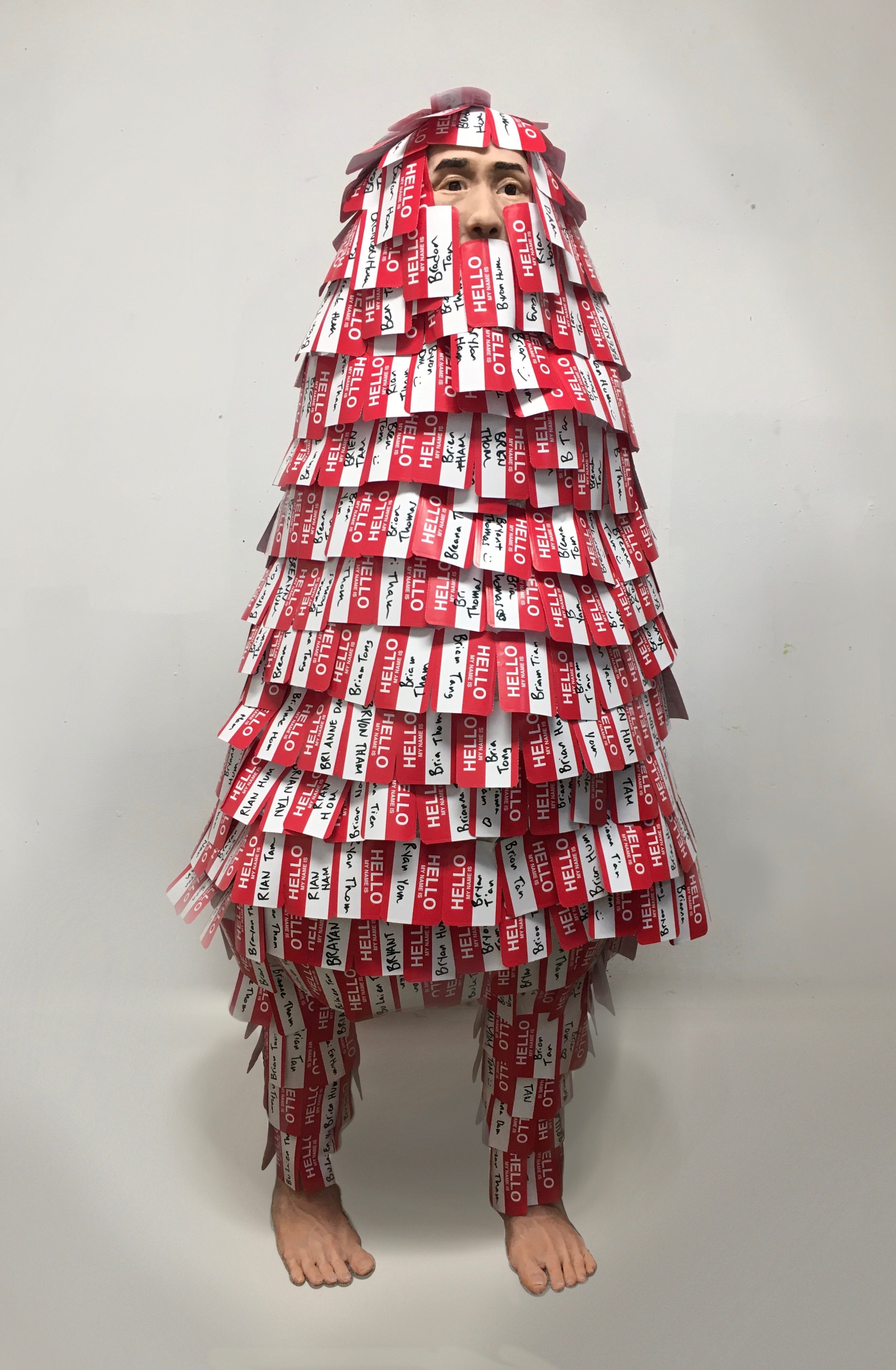
Death is inherently funny. It is not humorous like a joke, but the ways in which we express our feelings of death and the process of grieving are ironic. When we experience an irreversible loss, we grieve by constructing a “permanent” monument to represent and honor the dead. This comfort in the permanence, some form of legacy, is what drives the appeal of a tombstone or a donation in the name of the deceased. Thus, there is simultaneously a fear and a desire derived from this idea of the irreversible.
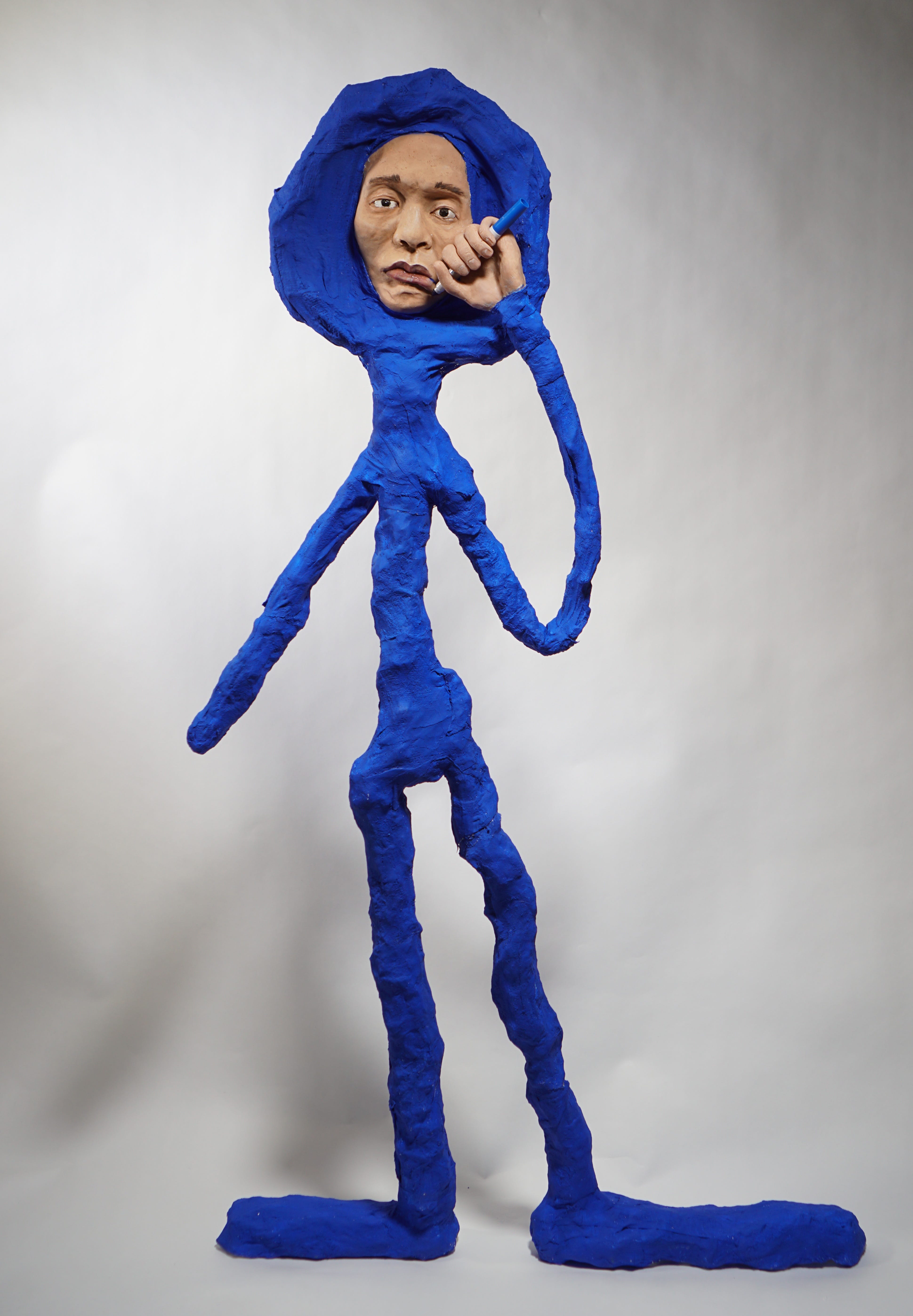

In thinking about the passing of those close to me, I have been reflecting about the reality and consequences of this irony. It is true that a tombstone may last hundreds of years, but what is its value when those who knew the person no longer exist?
This same tension is hidden within the opposite event; our understanding of birth and childhood. The development of children within the first few years of life is outstanding, yet in our minds we imagine our youth as a fixed moment in time. We often keep these memories as if they were frozen in a glass case and forget about our rapid period of change. Once again, even in the beginning of our lives we find comfort in the illusion of a permanence.
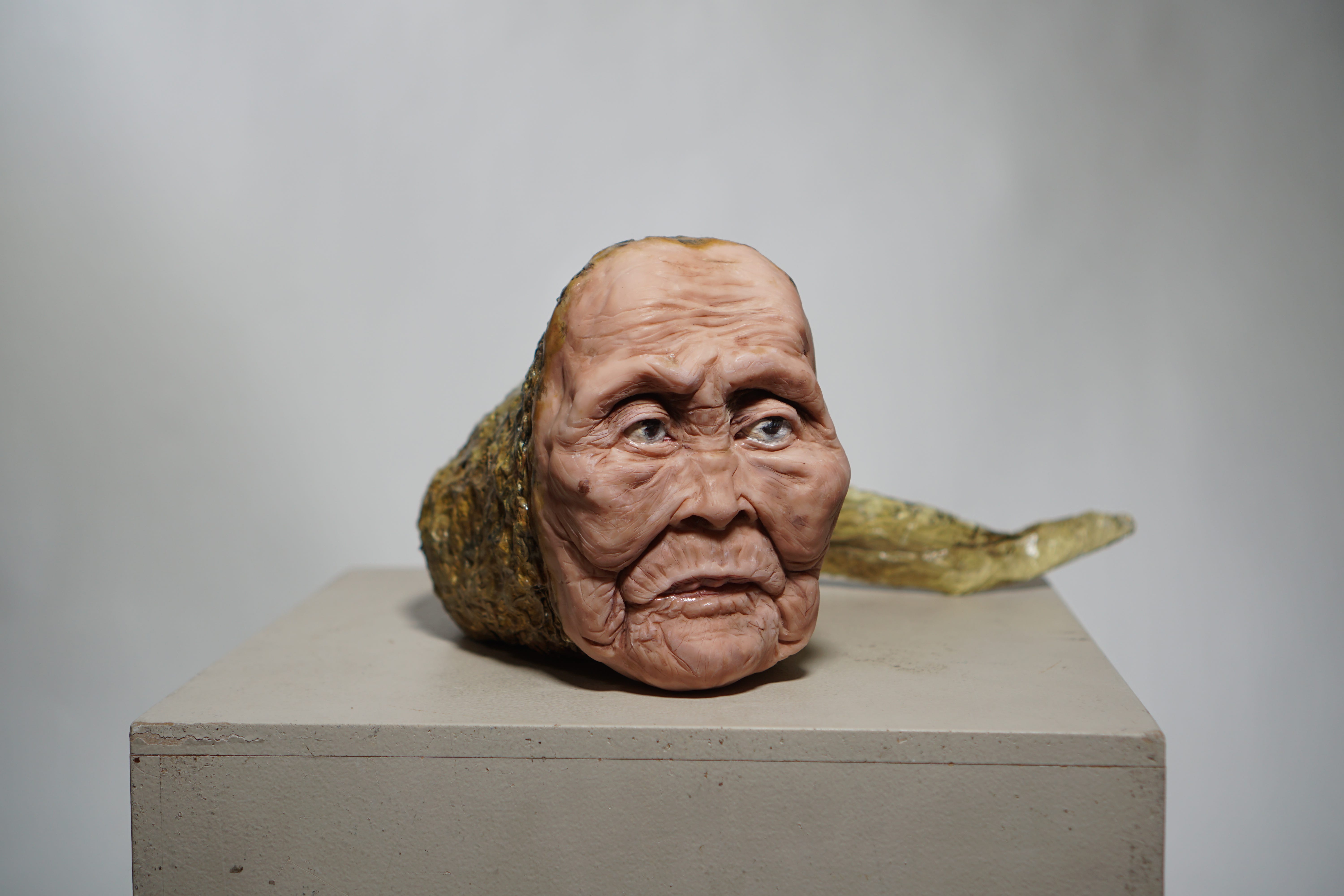
My sculptures challenge these notions of artificial permanence through the humor created by the contrast between formulaic gestures in a recontextualized setting. Yet, as I have gotten older, my own personal views and conversations around these subjects have changed and as a result, my artwork has acted as my diary for each stage of my life. In a way, these sculptures, a physical reminder of my past thoughts and actions, are my own fleeting attempt to create permanence by documenting the ephemeral.
For more of Brian’s work:
https://www.plan-brian.com/
Instagram: @plan_brian
Final Studies are in partnership with The University of Akron and are made possible with support from Fifth Third Bank and the Robert O. and Annamae Orr Family Foundation.
Read MoreFinal Studies: Julia Denlinger
Undergraduate Student, Oberlin
Visual Arts
Title of Exhibition: Love letters to the Land
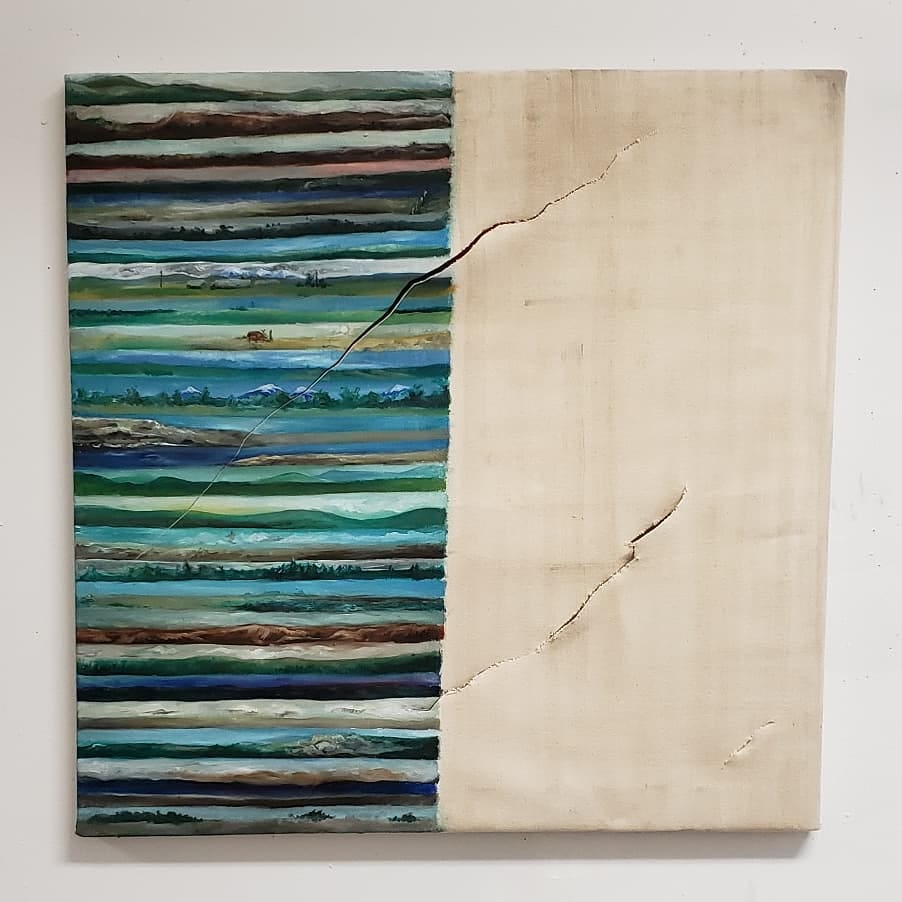
Artist Statement
I love spoons. I love to observe the connections and interactions between people, the land, and other people. I love to see the love in how we feed each other and how we feed the land. Often my practice manifests in the form of literal cooking using physical spoons. Serving, seeing, and eating food is an experience that lives between the senses and connected directly to the land and what we have grown. Through this, we have the ability to see touch smell and taste bits of earth and know through this sensory experience how it is treated. love celebrating these little bits of earth through serving them.
The food I make and serve exists in moments, however I love to continue the celebration of them long after they pass. It is beautiful how things wilt and change, and it is beautiful how pigments stay just about the same, such that a moment of color can be made to last longer than a memory. Using these stable artifacts of unstable memory, we can capture just a little bit of the beauty. Using bits and pieces of our unstable earth we can represent their larger contexts, their permanence here and impermanence there. It is not a battle between the impermanence of things and the want for permanent art and memory, but a celebration of the juxtaposition.
Removed from their little moments and love, I create simple objects that represent people and places. However, I love working with my hands, giving myself time to meditate on the beauty of what I am working with. The spoon as a symbol reminds me to notice the nourishment I receive from my surroundings and nourish back. At the core of my practice, I notice and I celebrate.
Should there be food?
Soup and bread.
Nourish and be nourished
For more of Julia’s work:
https://patbellstudio.com/
Instagram: @thedengingerarts

Final Studies are in partnership with The University of Akron and are made possible with support from Fifth Third Bank and the Robert O. and Annamae Orr Family Foundation.
Read MoreFinal Studies: Patrick Bell
Graduate Student, Kent State University
Ceramics
Title of Exhibition: Frankly

Artist Statement
Bodies, flayed like frogs in a high school science class, are my exploration responses to my own anxieties and fears about my body and health. Physically embodying sharp, anomalous, and sporadic pain, my work exists between a measured scientific inquiry and a chaotic, manic probe of human anatomy.
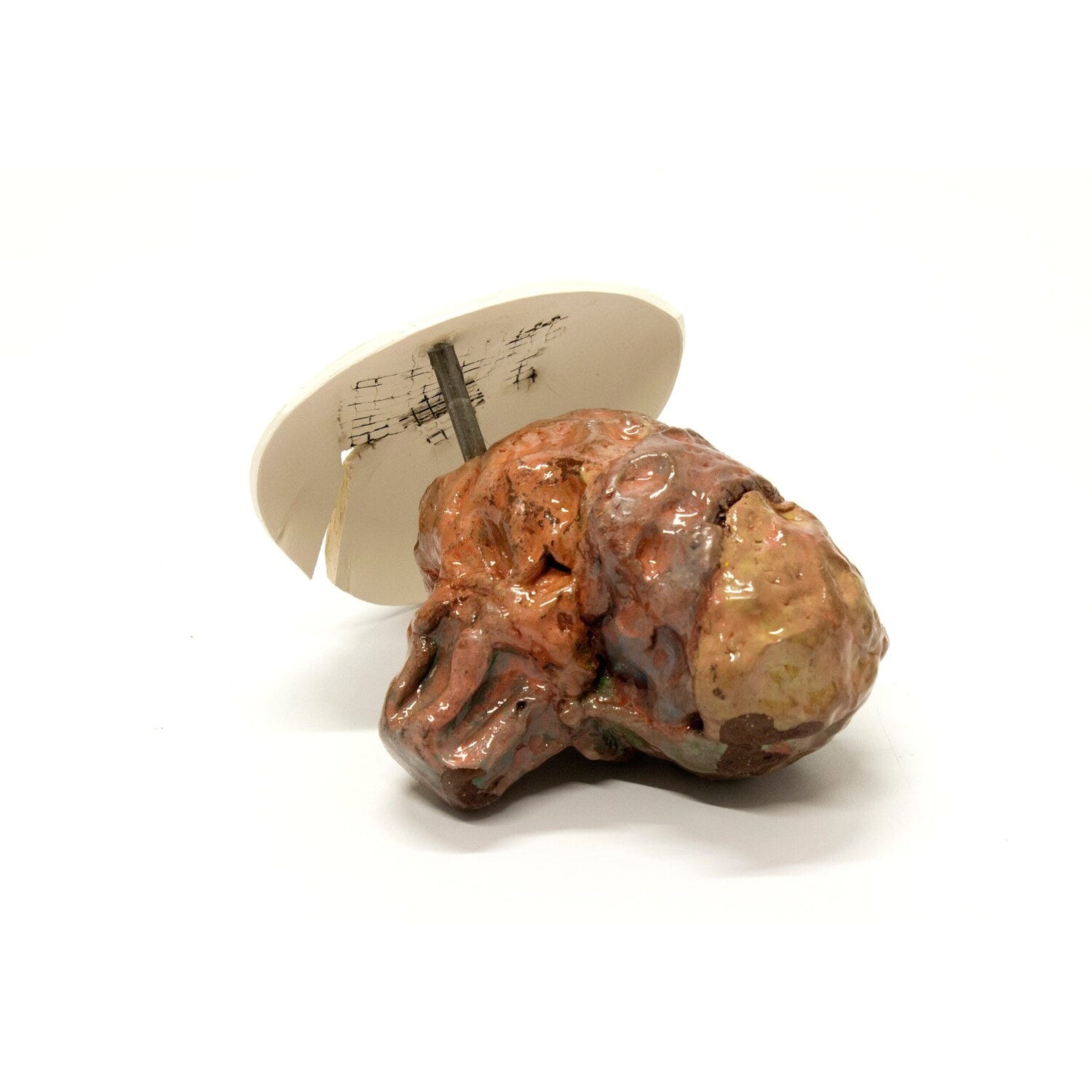
My current body of work dissects human forms, allowing me to further understand the bodily systems within them. By intervening on the congruity of figures, I reveal intestinal, arterial, and other biomorphic forms that exist in a state of tension and disorder. Bodies, flayed like frogs in a high school science class, are my exploration responses to my own anxieties and fears about my body and health. Physically embodying sharp, anomalous, and sporadic pain, my work exists between a measured scientific inquiry and a chaotic, manic probe of human anatomy. These bodies exist incompletely with their viscera missing or entirely separated, either discarded or selected for further survey.
For more of Patrick’s work:
https://patbellstudio.com/
Instagram: @patbellart
Facebook: @patrick.bell.7503
Final Studies are in partnership with The University of Akron and are made possible with support from Fifth Third Bank and the Robert O. and Annamae Orr Family Foundation.
Read More5 People on Your Zoom Call
A few months ago, you’d only ever seen co-workers at the office or for an occasional happy hour drink. Now, thanks to video calls, you’ve seen their bedrooms, their children, their quarantine facial hair, all of it. Here, we take a look at what your work video call might look like if your co-workers were artworks from the museum’s collection.
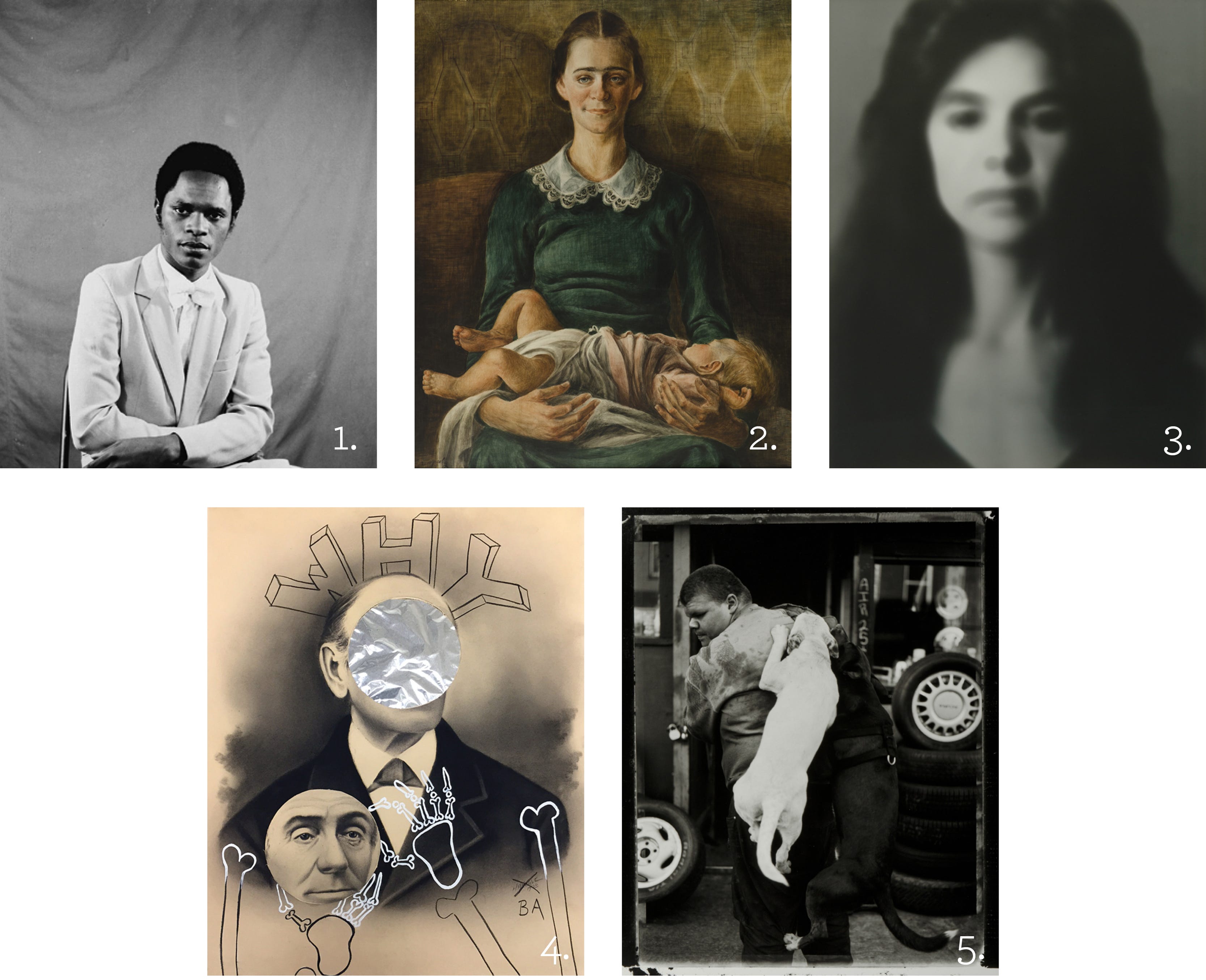
- The overachiever: This guy got up, got dressed, and gave a few thoughts to his backdrop. Good for you, bud. Are you wearing sweatpants with that blazer? None of our business.
- The proud parent: Does she want to show off the baby? Maybe. Does she have a choice? No. This little tot doesn’t care about your excel spreadsheet. He wants to be fed and he will not be kept waiting.
- The queen of filters: Listen, between late-night TV bingeing and news-induced anxiety, sleep has been hard to come by lately, so some of us need a little help to look human. This colleague is just softening the harsh edges before jumping into your brainstorming session.
- The Mr. Distracto: Sure, he’s there, but he’s not paying attention. His thoughts have wandered away from deadlines and shifted to worrying about his sourdough starter. He may also be watching a YouTube tutorial on how to cut his own hair.
- The Pet Owner: She’s been on mute this whole time because Rufus has been barking at the neighbors all morning. Truth be told, they’re both counting down the minutes until their lunchtime walk. Staring at a screen all day has them craving some outdoor time.
These are just some of the interesting characters hanging out on the walls and in storage at the museum. Get to know them all at www.akronartmuseum.org/collection.
Images: 1. Self-Portrait, Samuel Fosso, (Kumba, Cameroon, 1962 — ), Gelatin silver print, 20 in. x 20 in. (50.8 cm x 50.8 cm), Knight Purchase Fund for Photographic Media, 2006.31
2. Young Mother, Zoltan Sepeshy, (Kassa, Hungary, 1898–1974, Royal Oak, Michigan), Egg tempera on fiberboard, 36 1/4 in. x 30 in. (92.08 cm x 76.2 cm), Anonymous gift, 1952.2
3. Portrait of Woman — N, from Series 5, Robert Stivers, (Palo Alto, California, 1953 — ), Gelatin silver print, 20 in. x 16 in. (50.8 cm x 40.64 cm), Gift of George Stephanopoulos, 2006.314
4. Why, Butch Anthony, (Pensacola, Florida, 1963 — ), Acrylic, pastel, aluminum foil on found portrait, 24 1/4 x 20 1/4 in. (61.6 x 51.4 cm), Gift of the artist, 2015.52
5. Robert and his Watchdogs, Bedford Avenue Tire Shop, Williamsburg, Brooklyn, Vincent Cianni, (Scranton, Pennsylvania, 1952 — ), Gelatin silver print, 18 1/2 in. x 15 1/2 in. (46.99 cm x 39.37 cm), Gift of the artist in honor of Barbara Tannenbaum, 2011.154
Fashion Finds
Since many of us have been living in our comfy clothes over the last few months, we thought a peek at some of the fashionistas and fashionistas in our collection would be a nice break from the norm. So take a moment to envision yourself at a packed, celebrity-filled fashion show. The lights come up on the runway, the music starts thumping, and here come the models!
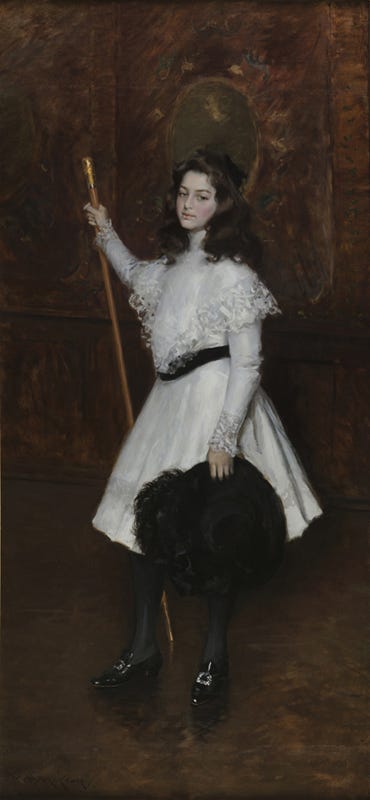
This little Victorian fashion icon definitely knew the value of accessorizing! Although her imposing brass walking stick and flashy feather hat were likely studio props, they add to the drama of this portrait. The model, Florence Irene Dimock, was only about 13 when this work was completed, but the belted natural waist and elaborate collar of her dress could easily be found on a fashionable dress of an adult woman from this era. Her dress is made of lace and silk, the latter of which was likely a reference to her father’s profession as a silk manufacturer.

For the artist Yinka Shonibare, fashion is about more than just looking good. The clothes his figures wear hold a great deal of meaning about his identity as a British- born, Nigerian-raised artist. The textiles worn by this gentleman is made from “Dutch wax” cotton fabric, which was produced in Europe but exported and embraced in Africa. These brightly colored patterns became so popular on the continent that they are now associated with African identity and pride. To push the fashion symbolism a step further, Shonibare uses these patterned fabrics to create clothing influenced by Victorian British styles. The delicate dance between Shonibare’s Nigerian and British identities is underscored by the gentleman’s literal balancing act across a tightrope.
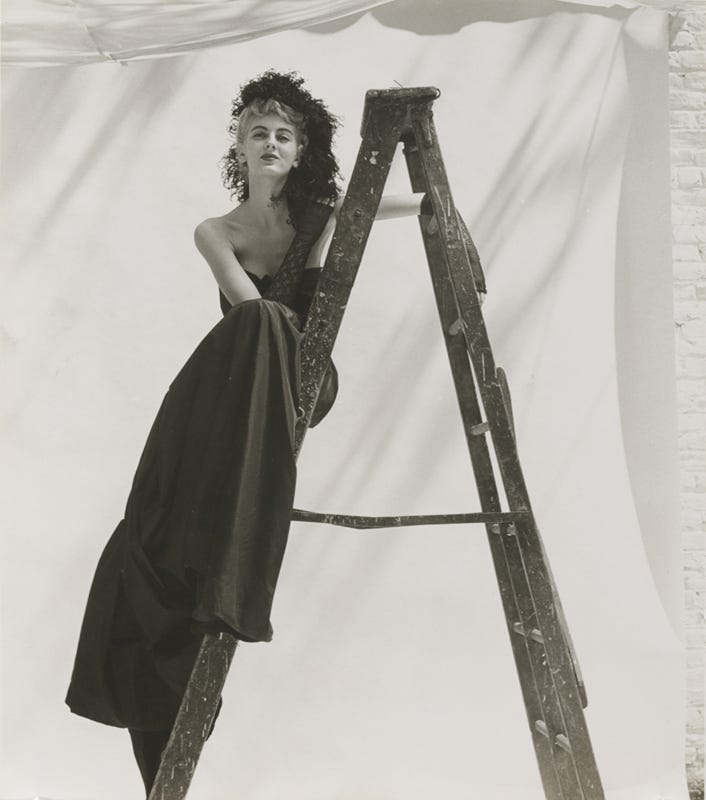
As its title suggests, the hat seen in this photo was designed by the renowned John-Fredricks hat company. This former household name was instrumental in the designs for the dramatic chapeaus found in Gone with the Wind. Although the company’s pieces were designed by John Frederics, the creative designer of John-Fredricks, almost all were handmade by female assistants in the studio, including an African-American milliner named Mildred Blount. She was a prolific craftswoman and created and influenced the look of some of the most iconic hats in Gone with the Wind. It’s unknown who made the hat seen in this photo, but it’s entirely possible that Blount may have been involved.
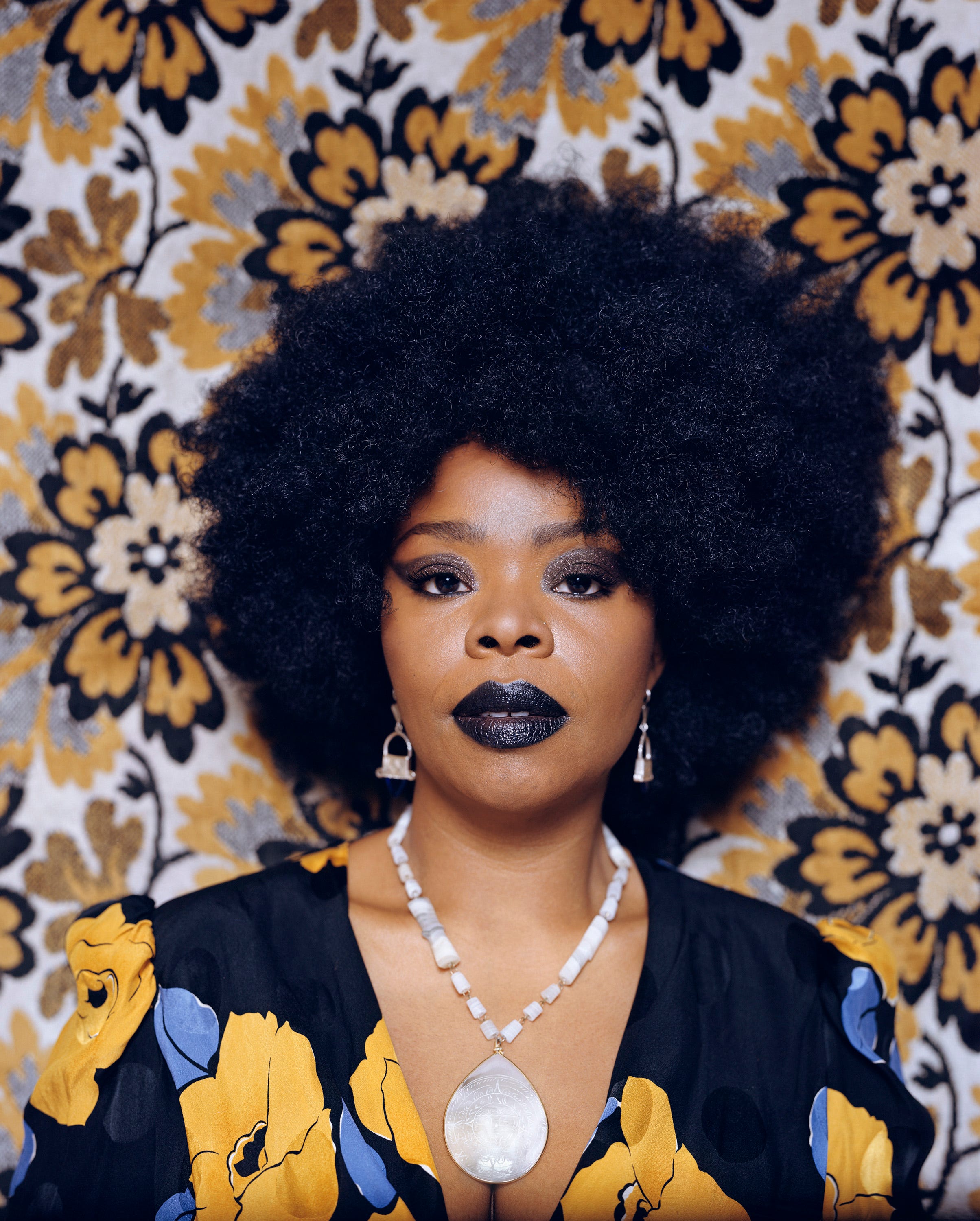
The best models don’t let the clothes wear them, they wear the clothes. And that’s certainly true of Din, the model who posed for this work by Mickalene Thomas. Sporting an afro and brightly patterned fabric, Din exudes a striking combination of power and beauty — but the clothes, hair, and make-up only serve to highlight what Thomas found innately remarkable about Din. More than a study in fashion, this work is a captivating portrait of a strong, self-possessed woman.
Read MoreFamily Day: The Art of Water
No beach? No pool? No problem! Explore different ways to cool off this summer with water art-making activities that don’t require floaties or a vest.
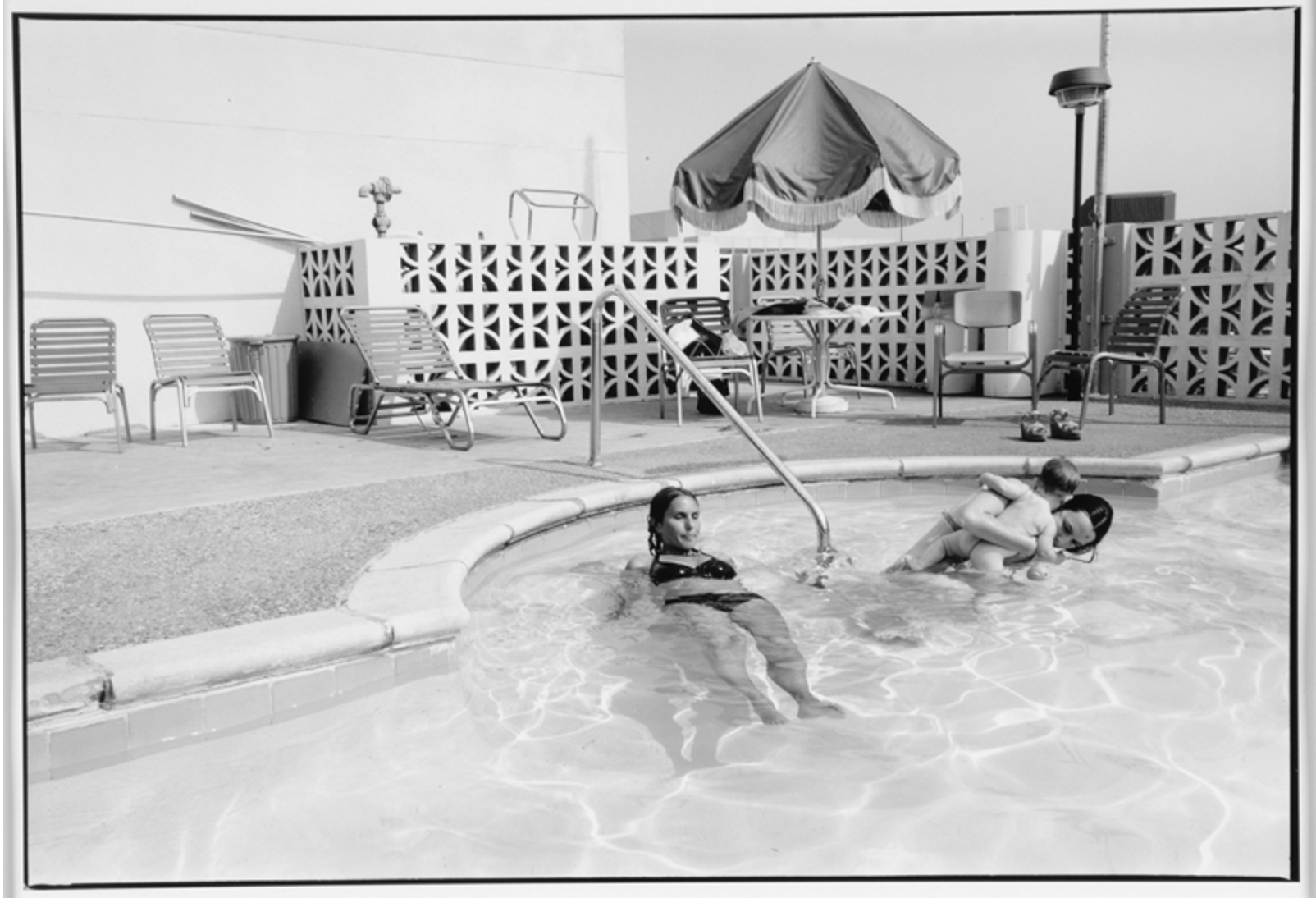
Water takes on many forms during the summer. For some, summer means cooling off by swimming, playing in sprinklers, or simply drinking enough water to stay hydrated. Water moves in different ways with the museum’s collection, too. We have paintings of crashing waves (Torrey, Surf), abstracted landscapes of ponds (Thomas, Pond-Spring Awakening), and even works whose movement reminds us how water can flow from here to there (Frankenthaler, Wisdom).
On this family day, let’s imagine with water. Below you’ll find 3 creative prompts for you and your family. Share your creations and tag us @akronartmuseum. Happy creating!

Video: Elliot Torrey’s Surf-Inspired Fizzy Ice Cube Painting
Do you know the foam that happens from waves crashing in on a beach or even the sudsy bubbles in a bath? Vinegar and baking soda can cause the same sort-of fizziness! These ice cubes are magical when you add vinegar and a touch of experimentation.
Materials:
1 c. Baking Soda
1/2 c. Water
Food coloring
Ice cube tray
Vinegar
Mix the baking soda and water together. Pour and distribute this mixture into your ice cube tray. Add the food coloring to each individual cube mold- the more colors the better, right? Mix in the food coloring. Make sure you get the bottom of the mold! Place in the freezer. Once frozen and out of the tray, pour/spray/drip vinegar onto your colorful ice cubes. Watch as they fizz and make that sound, too!
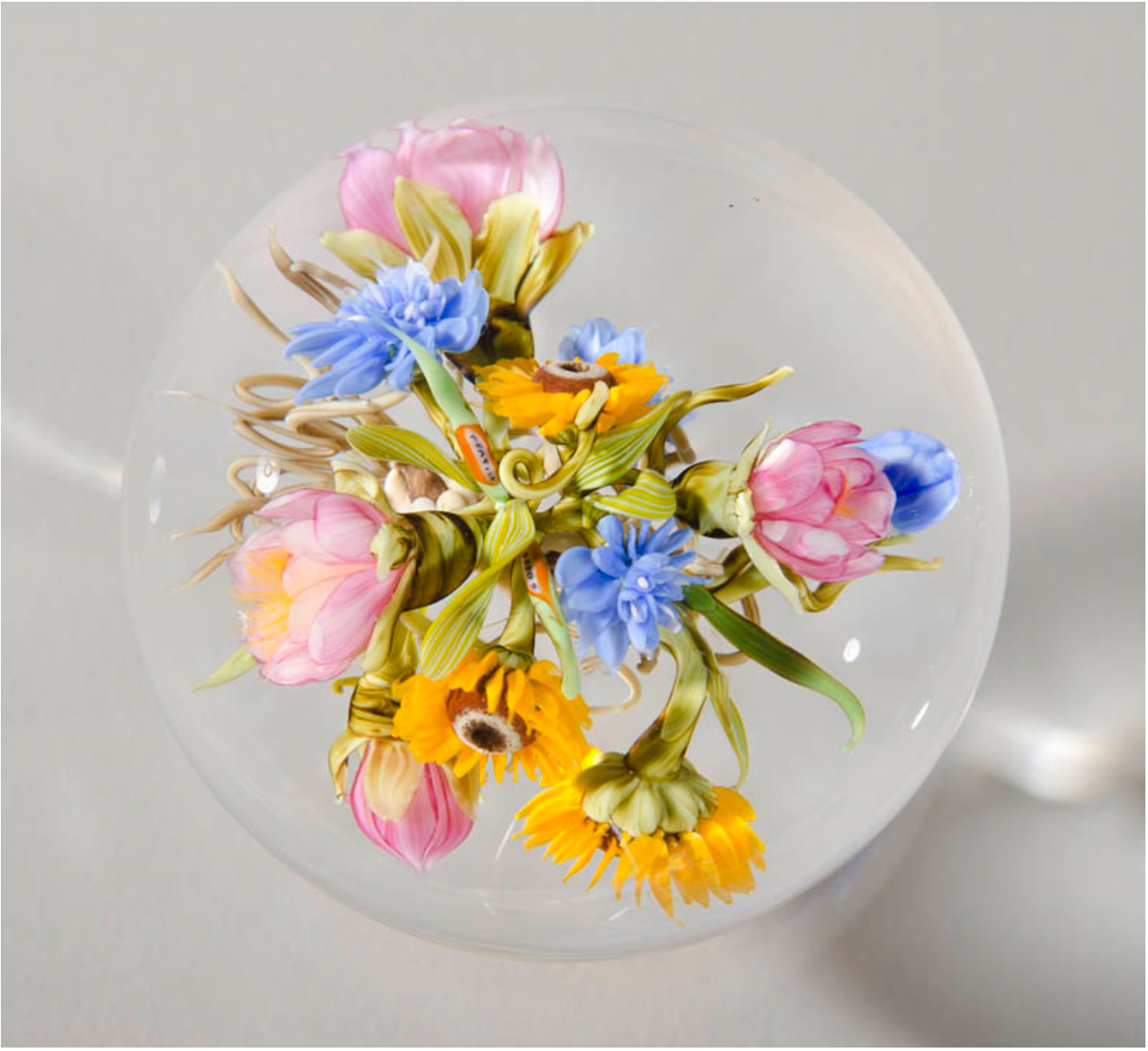
Photos: Paul Stankard-Inspired Ice Cube Creations
Need a way to cool-off but only have limited materials? These ice cube creations are two-fold: fun for now and for later. Create mini designs within an ice tray, let them freeze, and experiment! Will you put your creation in your drink? Watch it melt on the sidewalk? See it dissolve in a bowl of water?
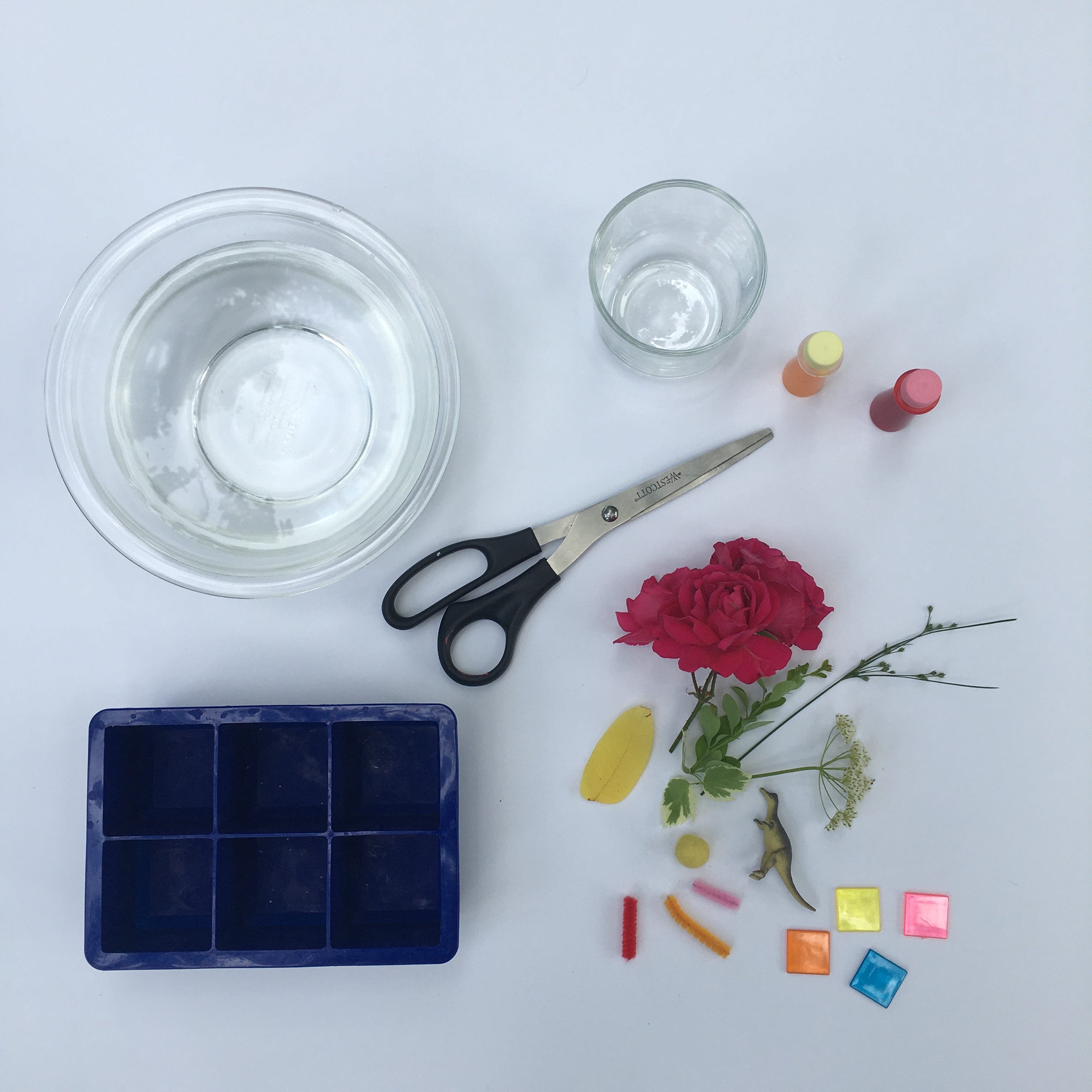
Materials:
Water
Ice cube tray
Small items or objects
First gather various items, like mini figures, small flowers or plant-life, rocks, beads, anything that you want to see in an ice cube.
Now, you can either fill the tray with water then put in your items or put your items in and let the water decide the composition!
If you want to be extra patience and experimental, you can fill the tray with a small amount of water and some items, let that freeze some, then add more water & items, freeze and keep repeating.
Now is the time for patience. Place your tray carefully in the freezer to freeze. Check back on them in a few hours. When they are ready, get them out of the tray. Examine their beauty & watch them melt!
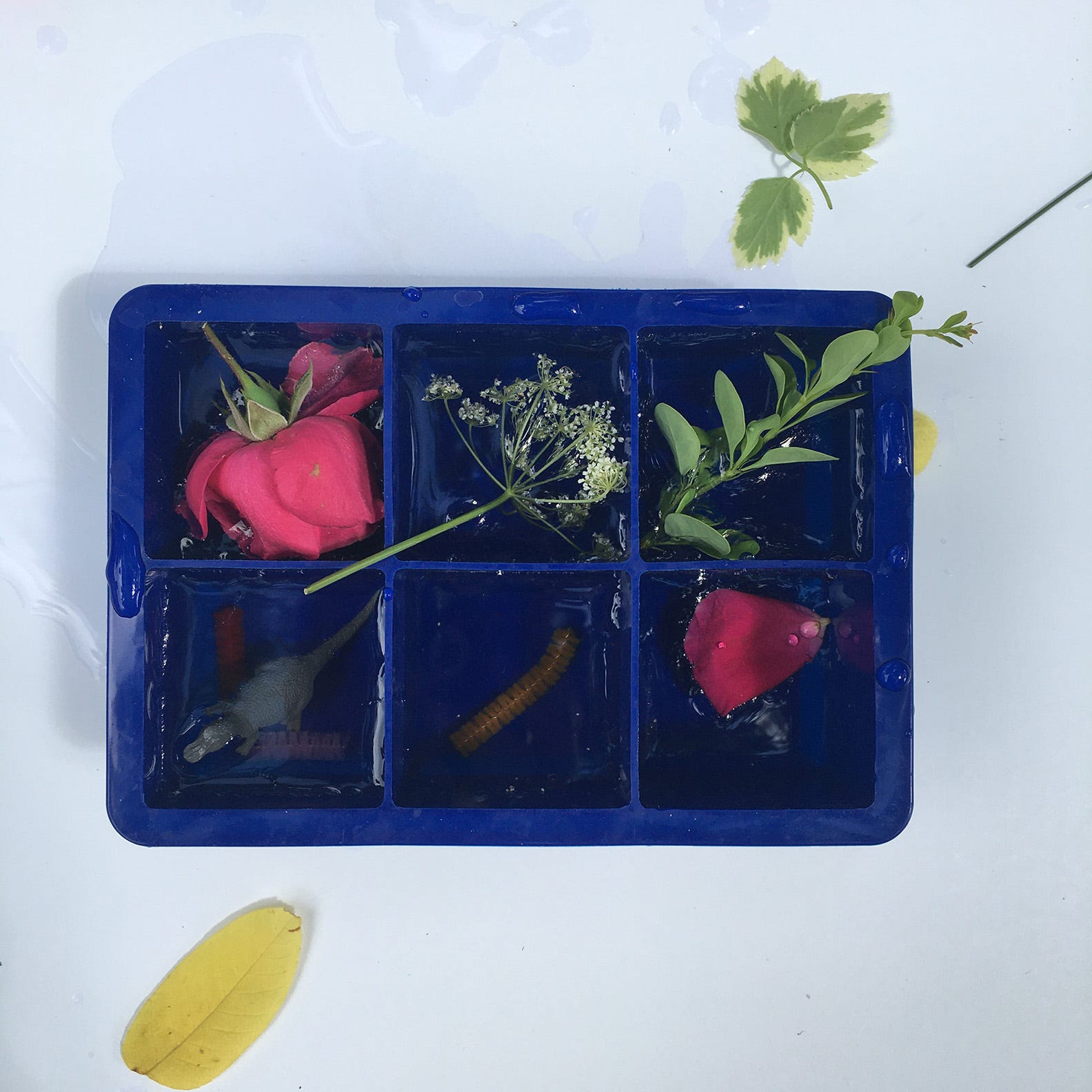
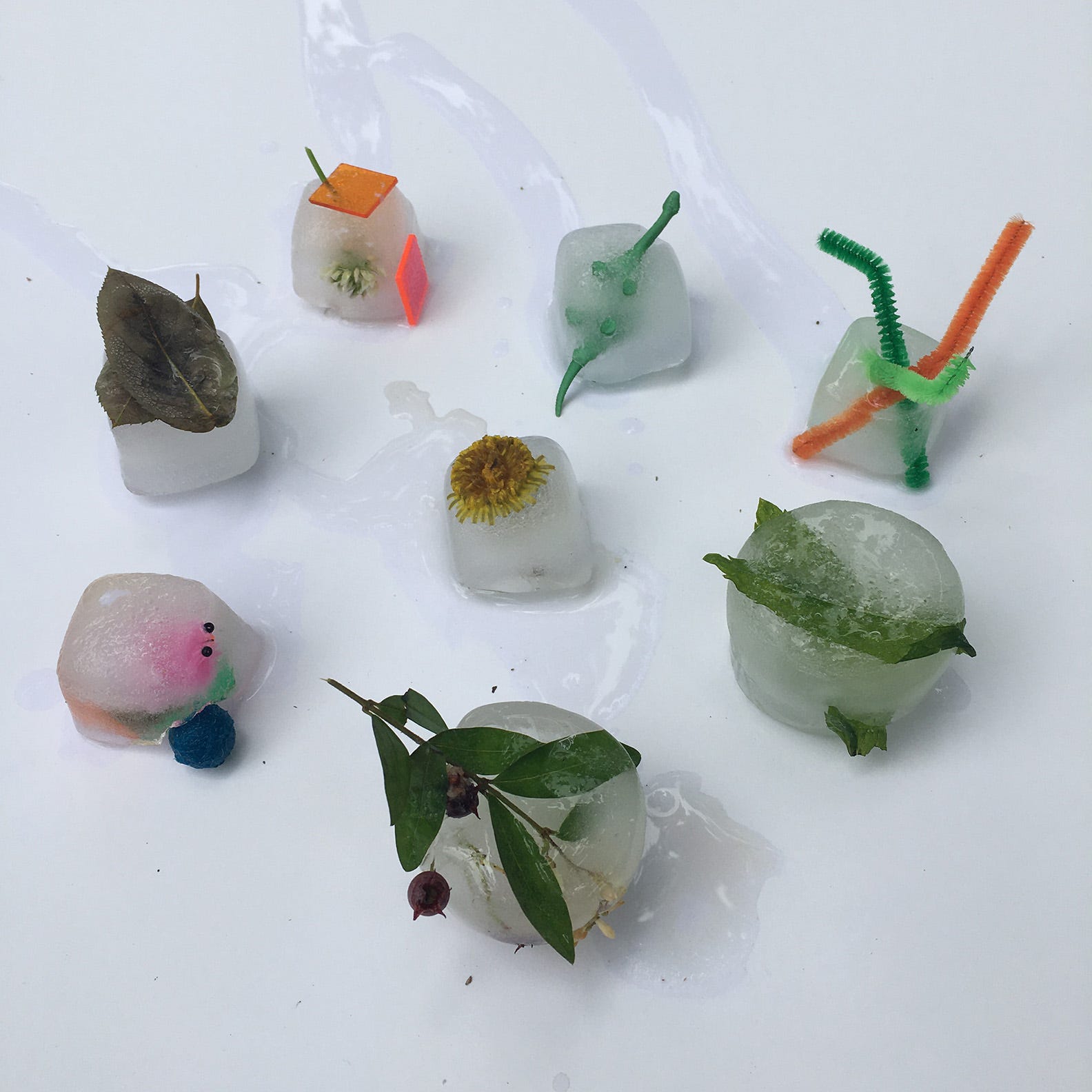

Photos: Chalk-Paint Printmaking
Spruce up your regular chalk drawing routine with a liquid version. Equal parts cornstarch and water, plus a little coloring, creates a fun medium you can dip sponges, mops, bicycle tires — you name it! Patterns, mark-making, big splashes, oh my!
Materials:
1 c. Cornstarch
1 c. Water
Food coloring
Objects to use as tools/stamps
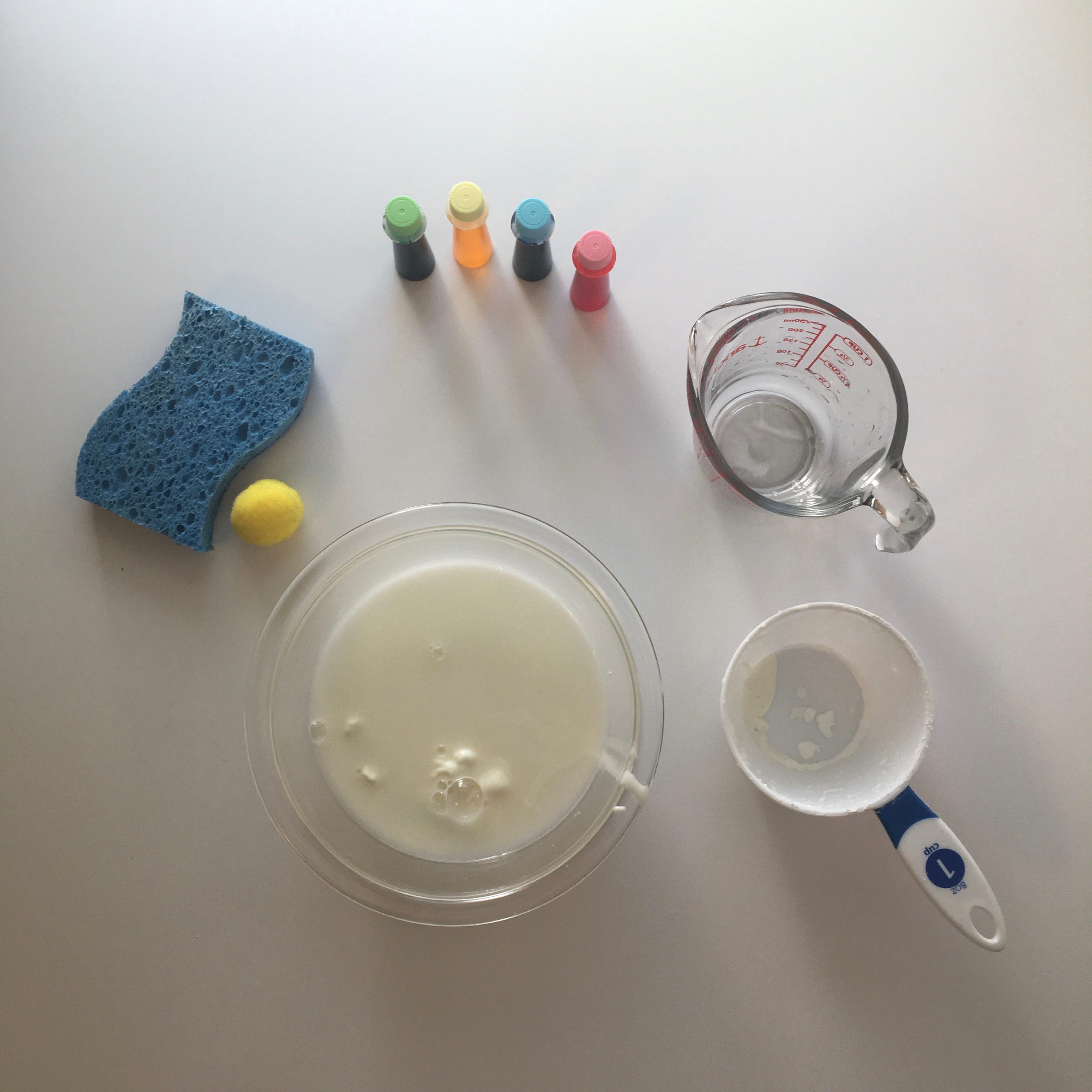
Mix equal parts cornstarch and water. This mixture tends to separate over time, so be sure to keep your mixing tool handy!
Divide mixture up between containers if you want multiple chalk paint colors. If you want large amounts of each color, repeat first step for each color.
Add food coloring- start with a small amount. If you’ll be using a darker pavement, you might want to add more color for vibrancy.
Gather your printing tools! Household items like mops, sponges, and brooms can create great textures. Pick with caution: this mixture washes out well, but it might stain slightly.
Get printing! The water in the mixture will dry in the sun, leaving behind the cornstarch/food coloring. It will wash away with the next rain or with water, so take pictures for visual memories!

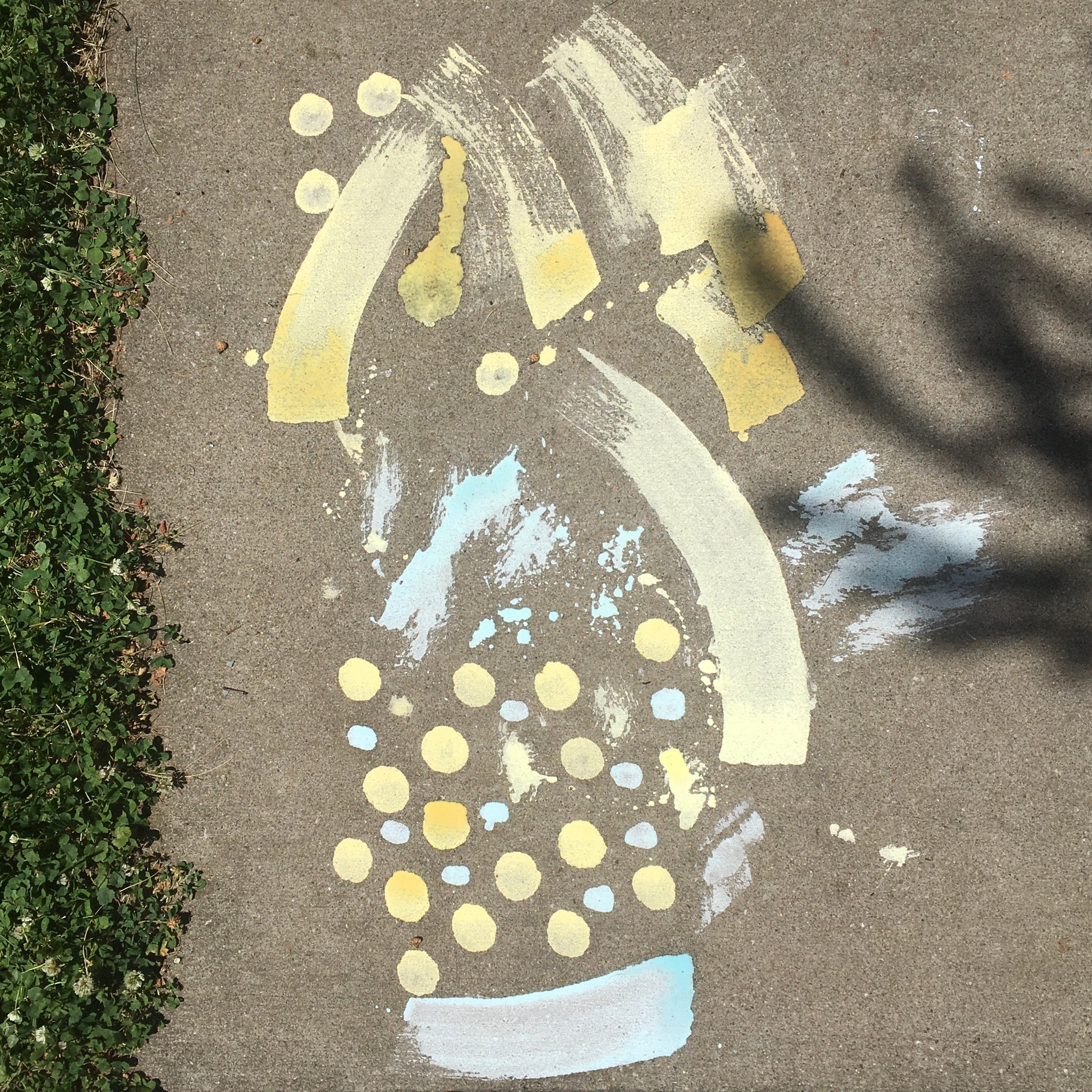

Family Days are made possible by PNC with additional support from the Kathy Moses Salem Philanthropic Fund of the Akron Community Foundation, The R.C. Musson and Katharine M. Musson Charitable Foundation and the Robert O. and Annamae Orr Family Foundation.
Read MoreModern Art for Animal Crossing: New Horizons
by: Maryann Wohlwend
Akron Art Museum collects work from 1850 to the present. The museum has a pioneering history in collecting and exhibiting photography, video, and video games as fine art, purchasing works by women artists with regional reputations & international stature, and by seriously collecting the work of working-class, self-taught artists who express their concerns about contemporary life. Akron Art Museum’s mission is to enrich lives through modern & contemporary art.
Animal Crossing: New Horizons, who isn’t playing? Chances are you’ve found & foraged a wealth of fruit & firewood and developed your cultural tastes by differentiating real vs. fake art. Now it’s time to become connoisseurs of collecting modern & contemporary art for your very own museum. We want to enrich your (gaming) life by introducing AAM artworks that you can download, decorate, & display — no Nook loan required.
We used the Animal Crossing Pattern Tool to turn three of our artworks into scannable QR codes to use in your game. Browse 1000s of images of our collection at https://www.akronartmuseum.org/on-view/, upload them into the Pattern Tool, and generate your own QR codes for customization on your island…miles away from Ohio, the heart of it all.

This scene of a downtown Akron intersection, bustling with activity on a snowy winter’s evening, captures the feel of the city’s Main Street in the 1930s. Now seen as a glimpse into a vanished past, Winter Evening represents an ambitious young artist’s effort to show the city he knew best. After high school, Gleitsmann studied art with a couple northeast Ohio artists and instructors, but remained essentially self-taught, exploring new ideas and materials on his own.

“Photography,” claimed Laure Albin Guillot, “must be true to life and sincere; it must likewise be beautiful.” Unlike many of her contemporaries, for whom the image as seen through the camera lens was the single important aspect of the work, Albin Guillot regarded the mastery of photographic printing techniques as an integral part of the endeavor. “Few other photographers,” it was said of her, “possess the knowledge and mastery . . . [and] take the same care with the execution of a work . . . as with the taking of the view.”
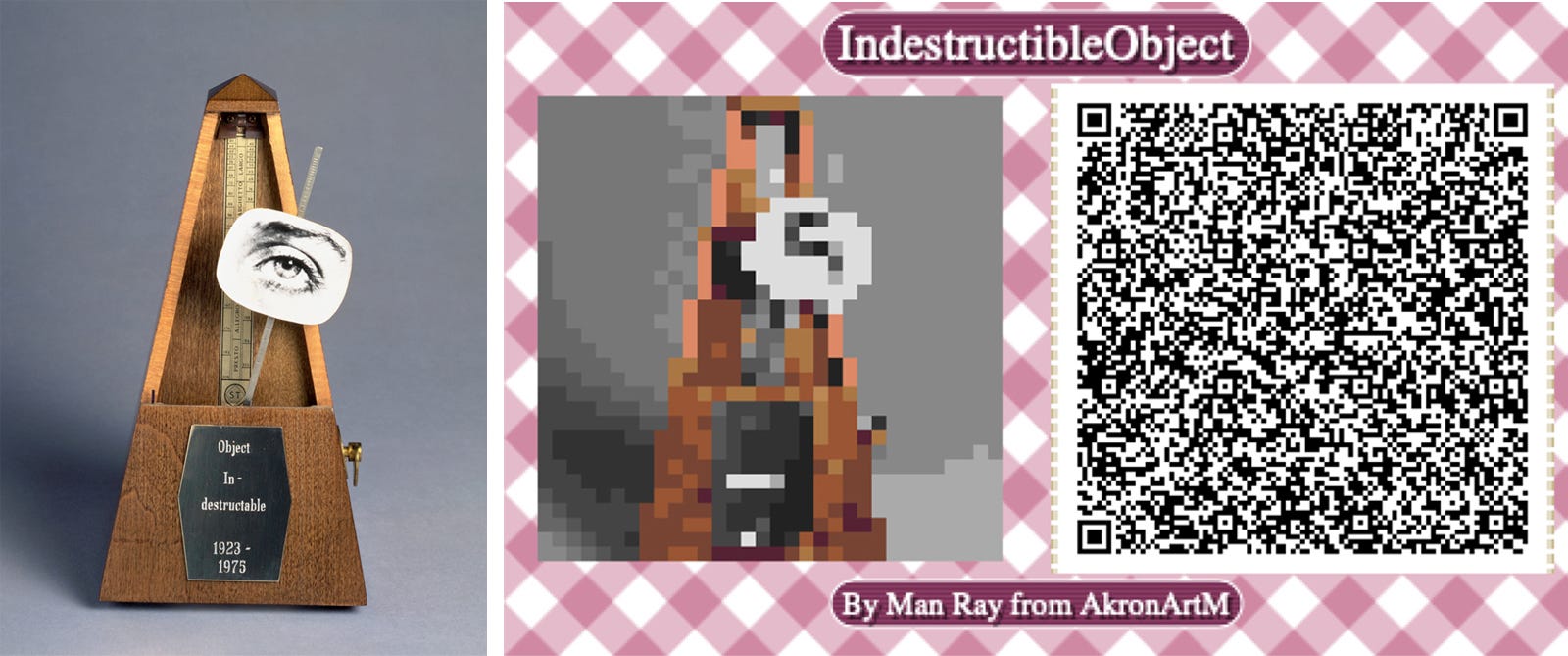
Man Ray, a pioneer of Dada and Surrealism, was the only American artist to play a major role in developing those influential early 20thC movements. In 1923 he produced Indestructible Object which became the most recognized readymades in history. Ready-mades consist of everyday, mass-produced objects that attain status as a work of art through selection, slight alteration, and designation by an artist. Borrowing from the artist’s original title for this work, Akron Art Museum created the exhibit, Objects to be Destroyed (on view February 29, 2020 — August 9, 2020) full of unexpected everyday items as a way to draw attention to the items’ physical and aesthetic characteristics. The artists encourage viewers to reconsider the artistic process as an intellectual rather than a purely technique-driven pursuit.

We’ve even included our museum logo to pattern your t-shirts, floors, & more.
How to scan QR codes from the Nintendo Switch Online app:
1. Open the app. find Animal Crossing: New Horizons under Game-Specific Services.
2. Find Designs in the Nook Link menu. follow the commands to scan a QR code. after you’ve scanned the design, save it in the app.
3. When you’re back in the game on the Switch, go to Custom Designs on your Nook Phone and hit (+) to download a design. Save it in a blank Design Pattern slot.
You can display your artwork, decorate as wallpaper, walk on it as floor tiles, wear it as clothing, or whatever you wish!
We would love to see how you used our patterns: tag us on social media @akronartmuseum
MuseumGames are made possible by PNC with additional support from Acme Fresh Market, the Kathy Moses Salem Philanthropic Fund of the Akron Community Foundation, The R.C. Musson and Katharine M. Musson Charitable Foundation, the Robert O. and Annamae Orr Family Foundation, and the Charles E. and Mabel M. Ritchie Foundation
Read More



